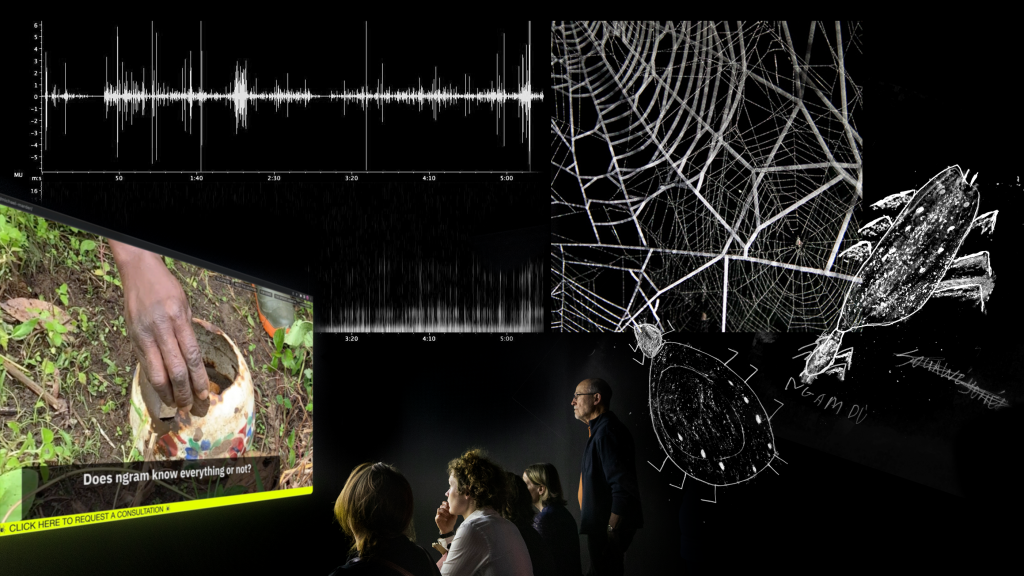

...

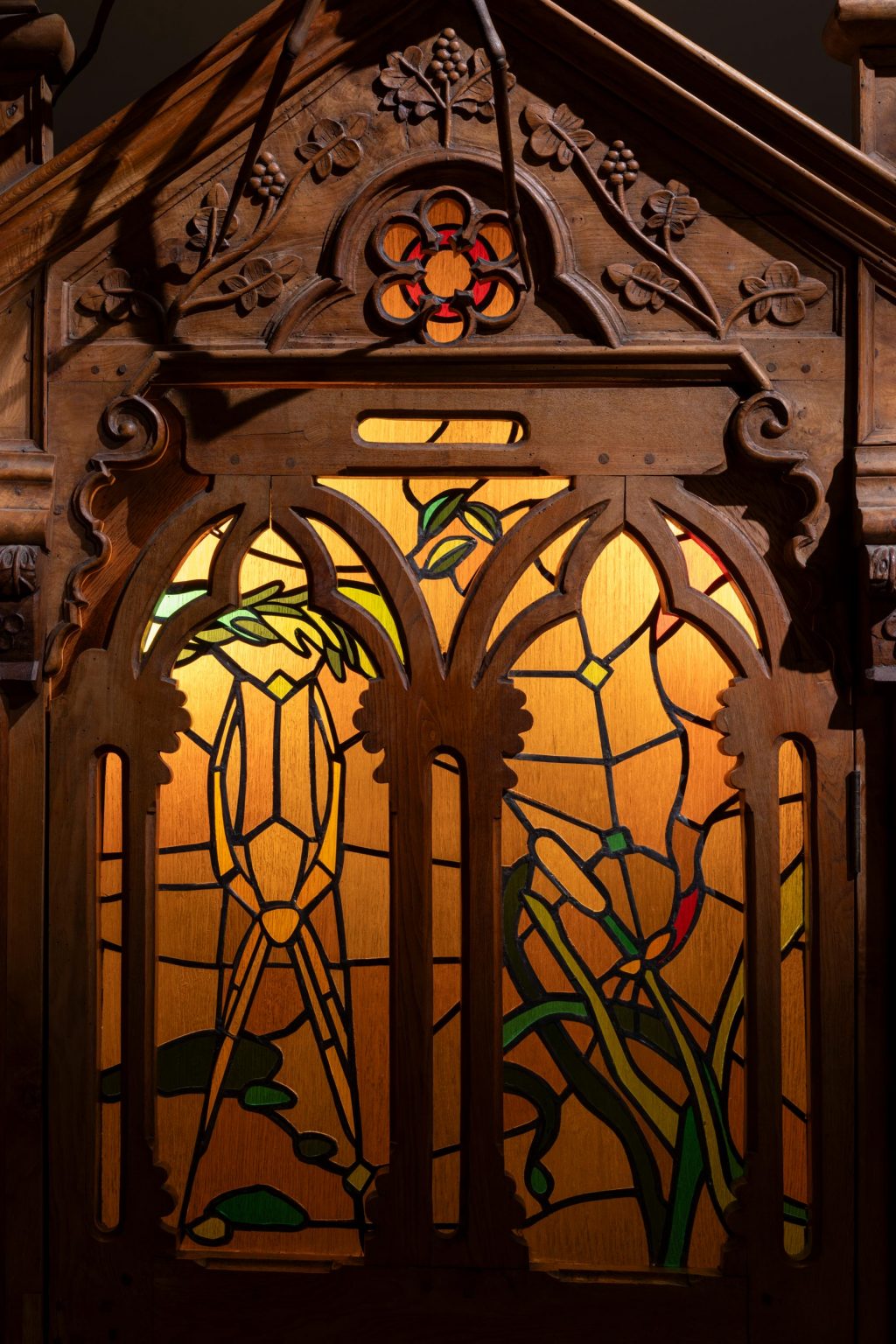
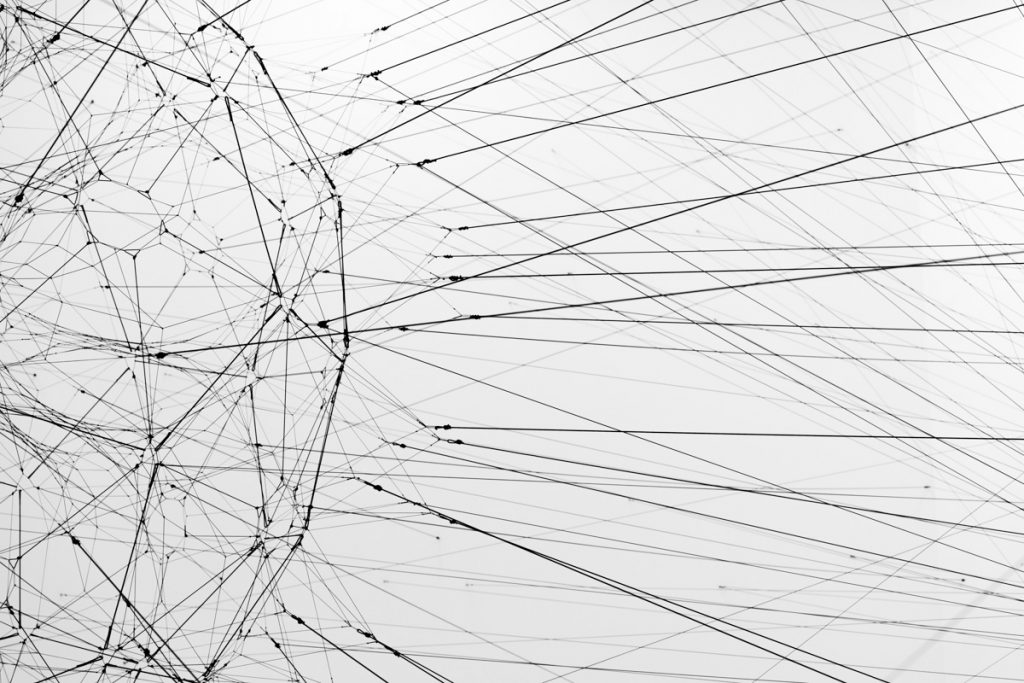
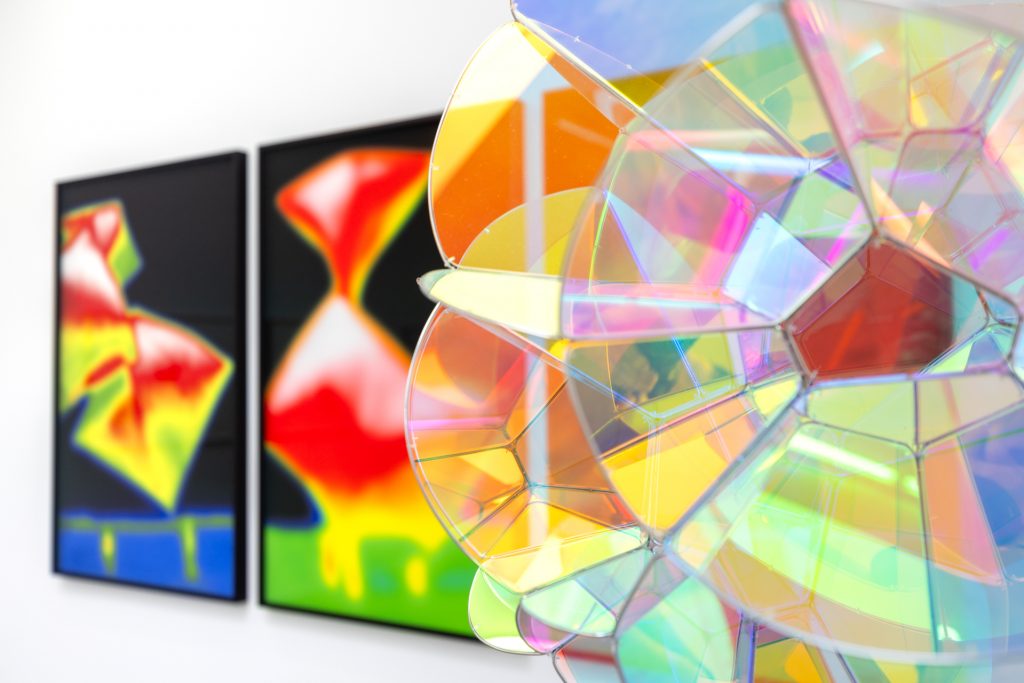
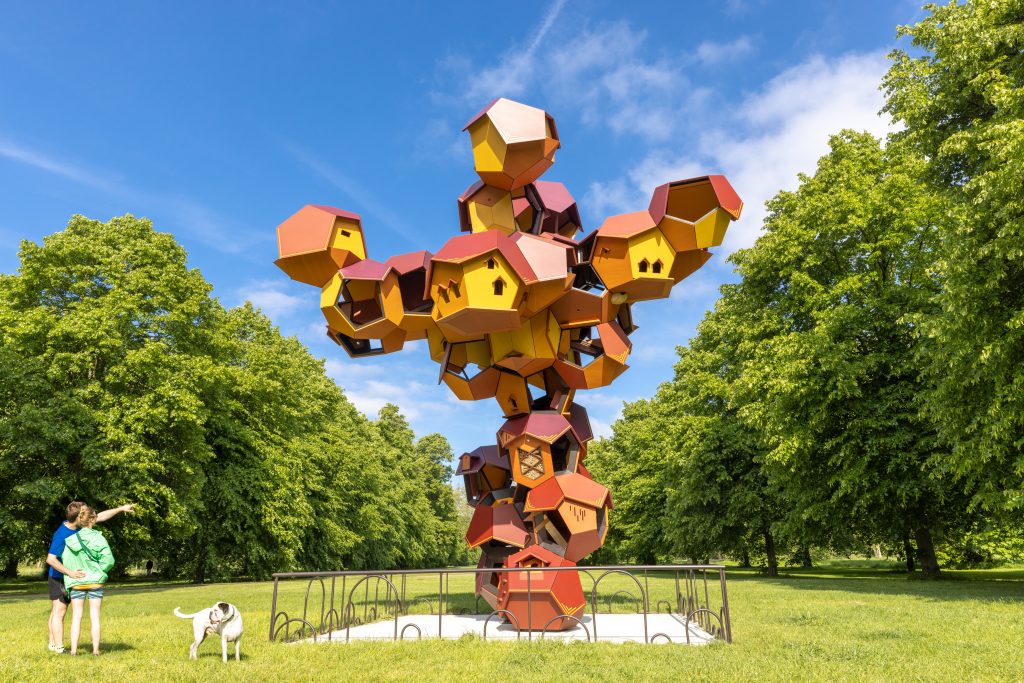
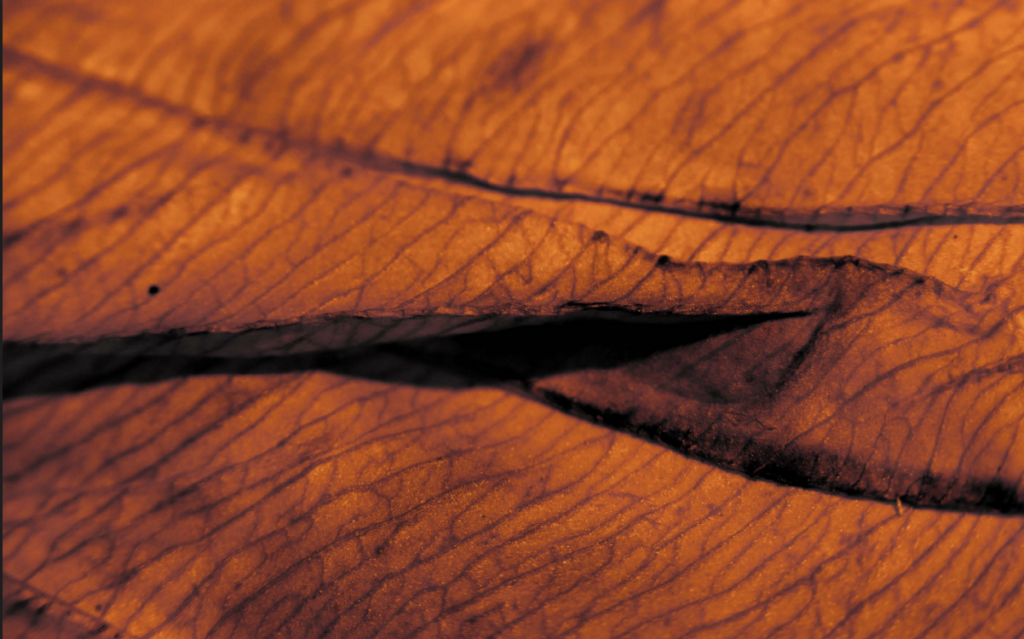
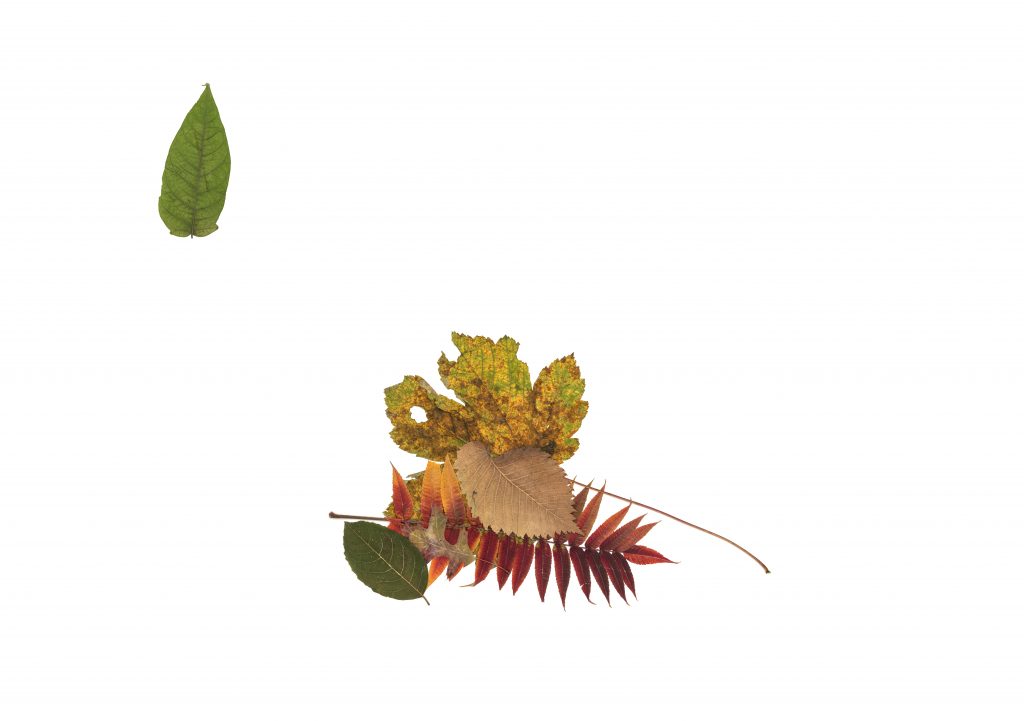
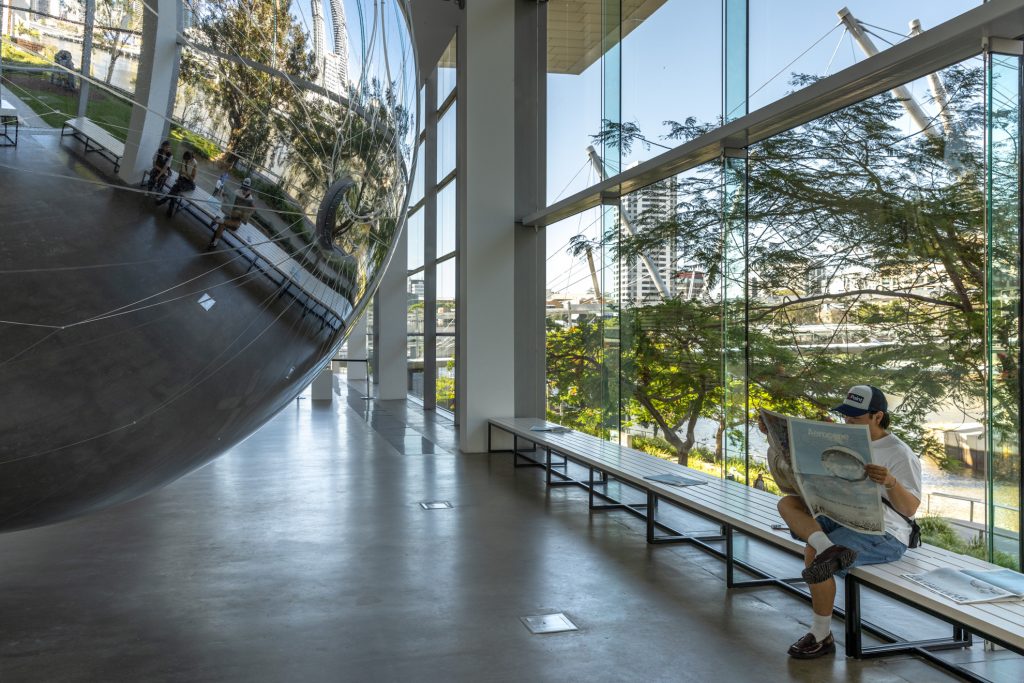
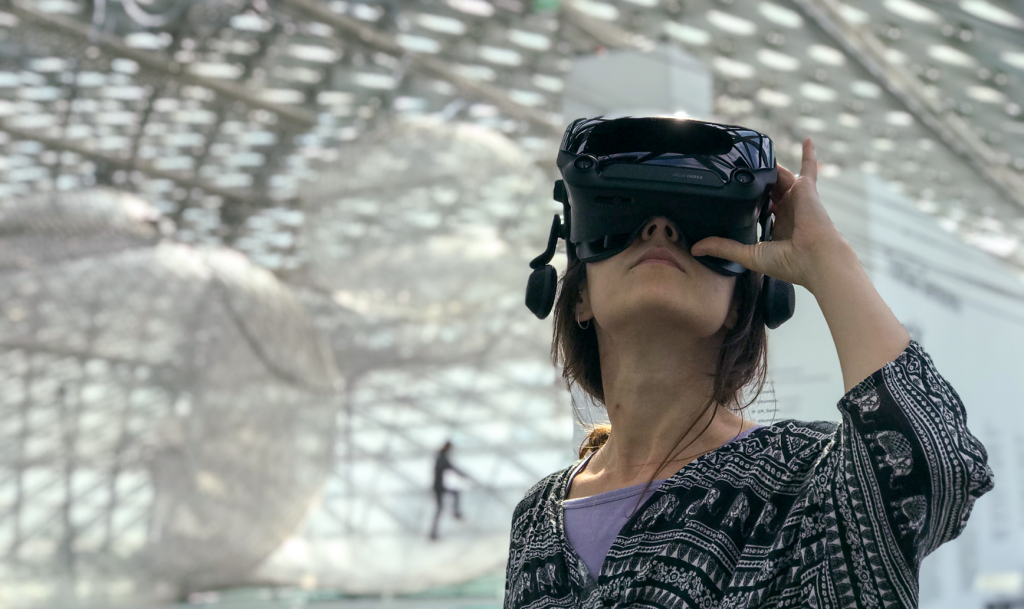
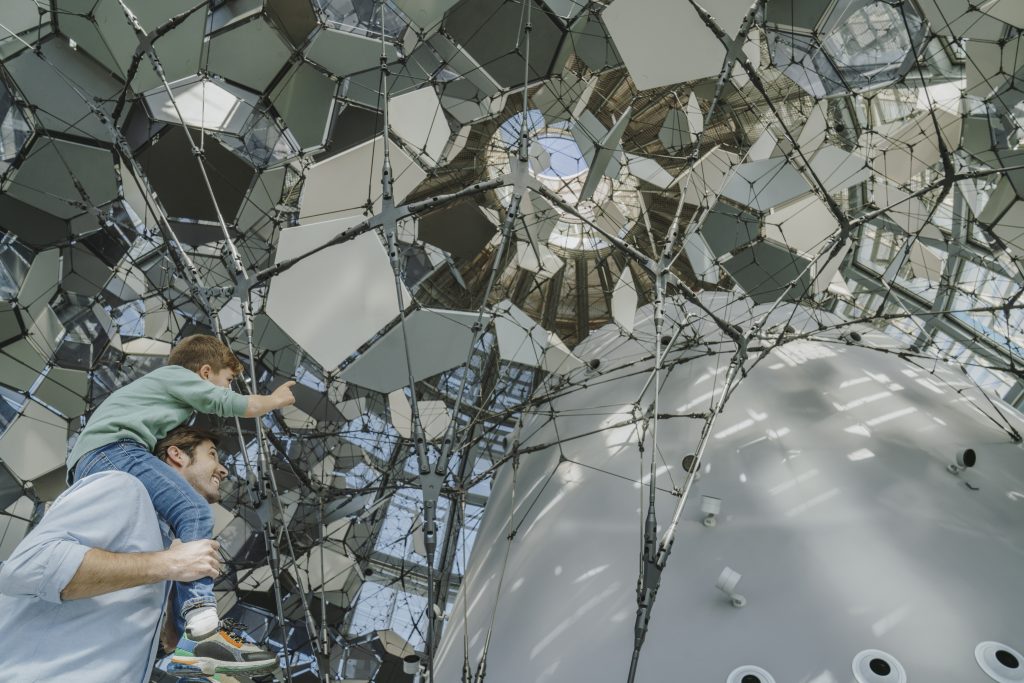

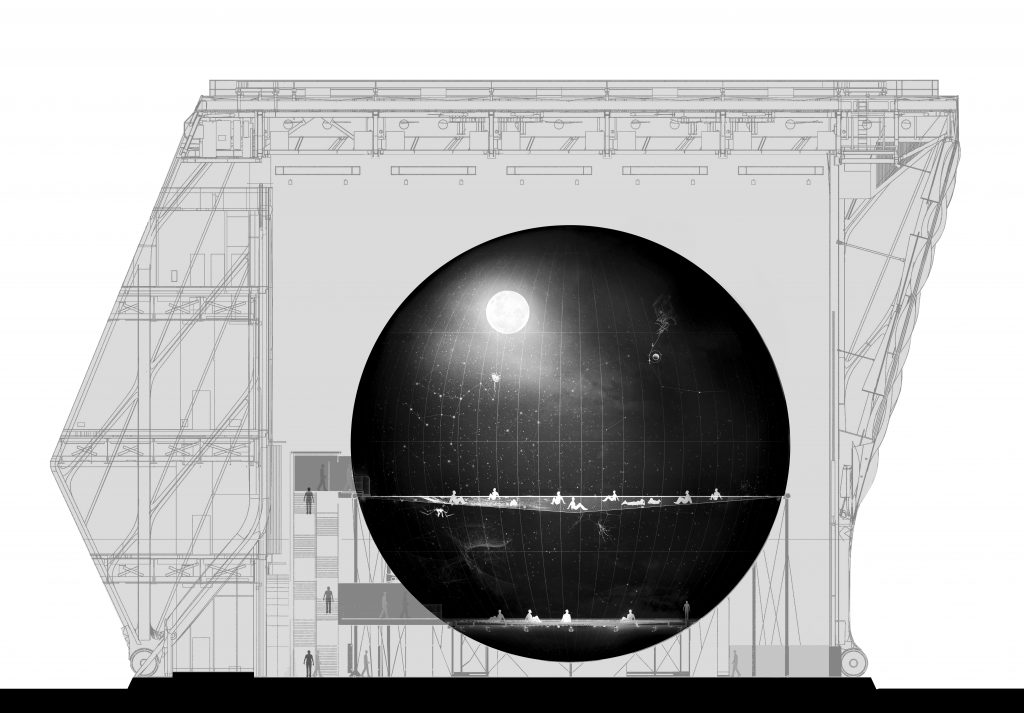
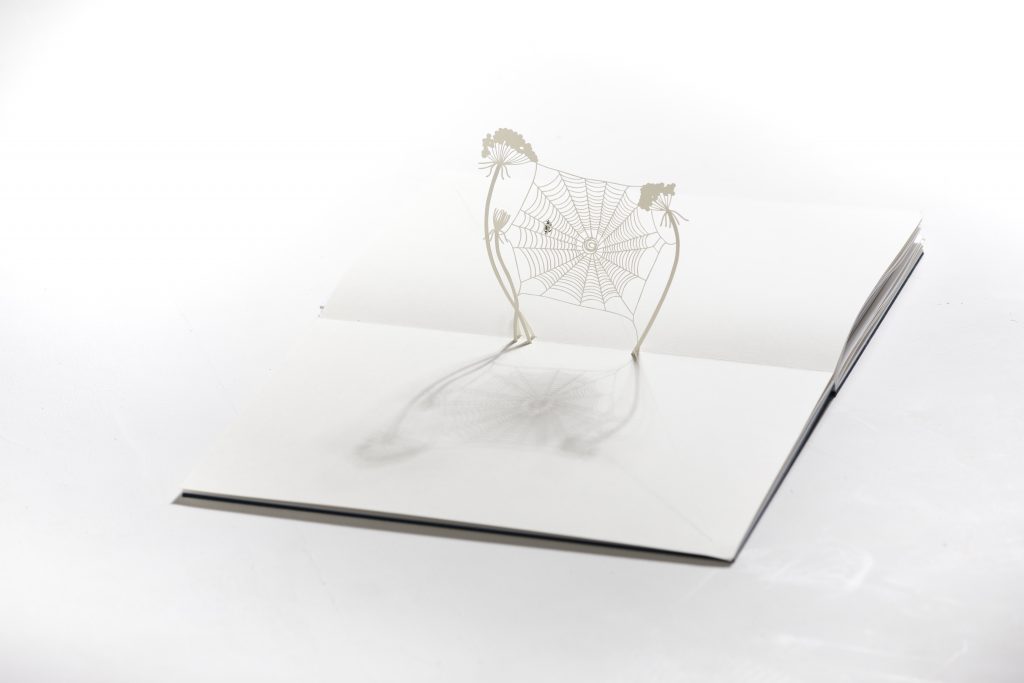

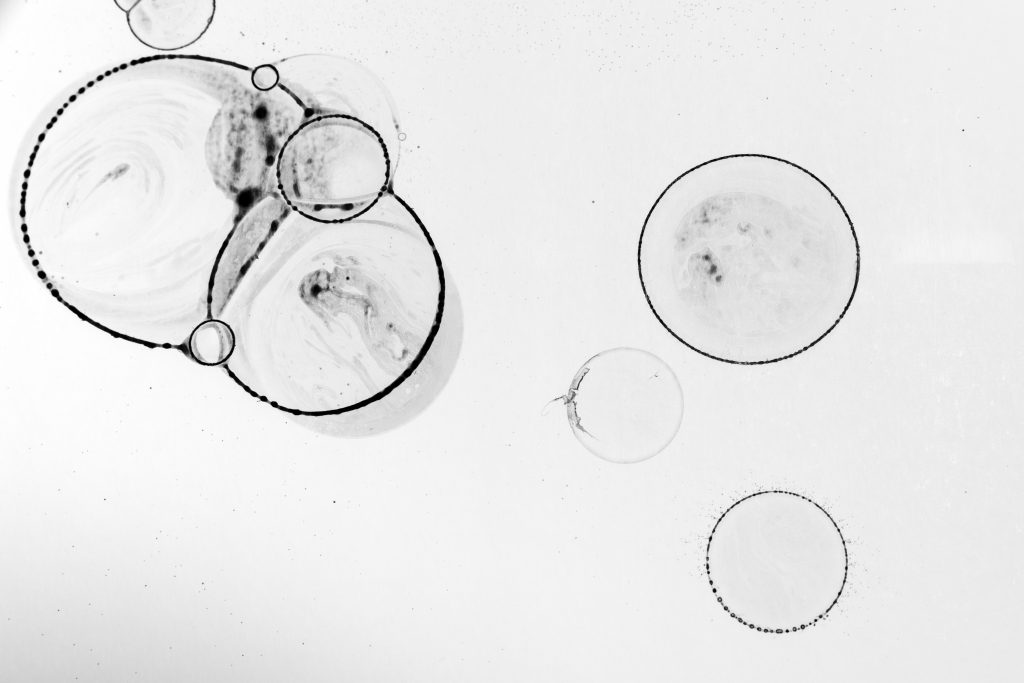

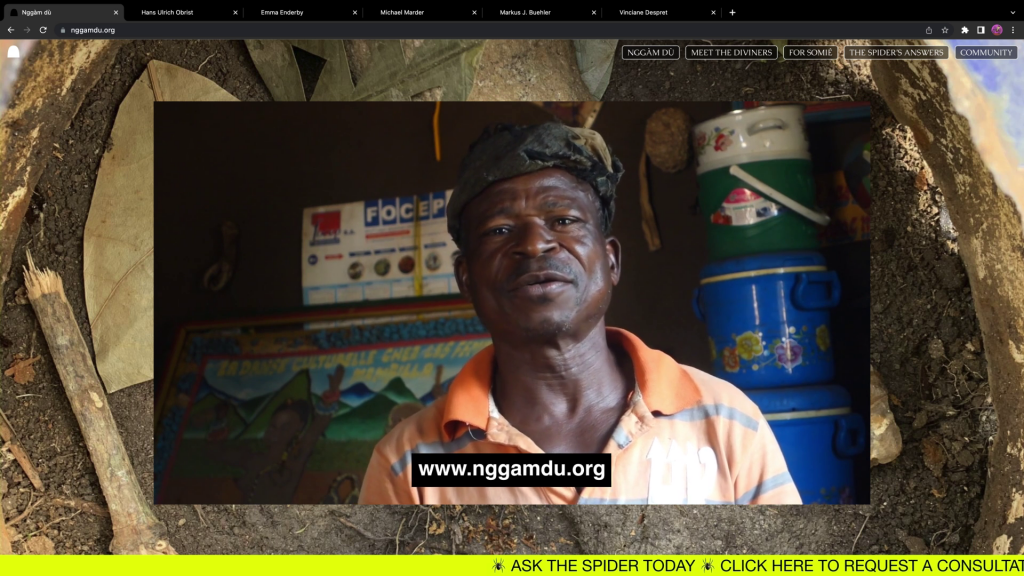
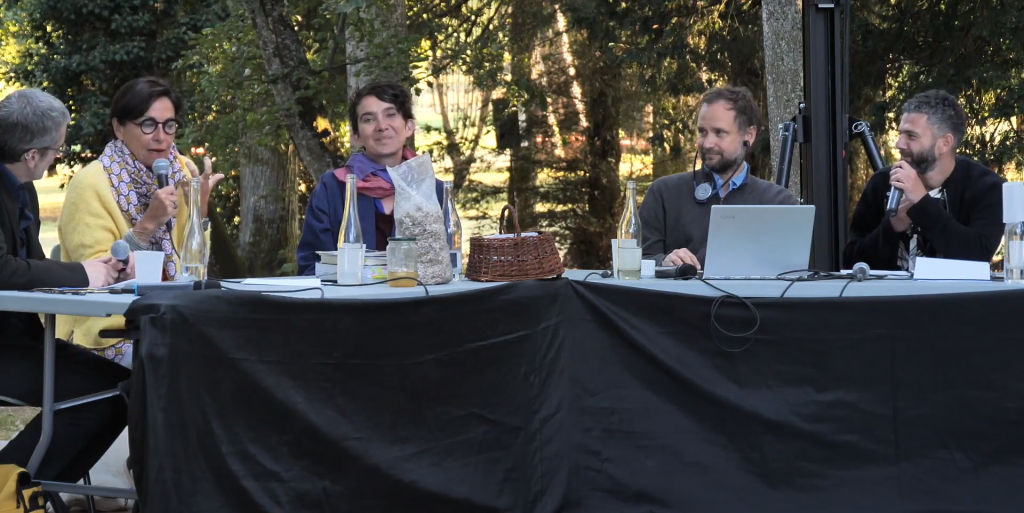
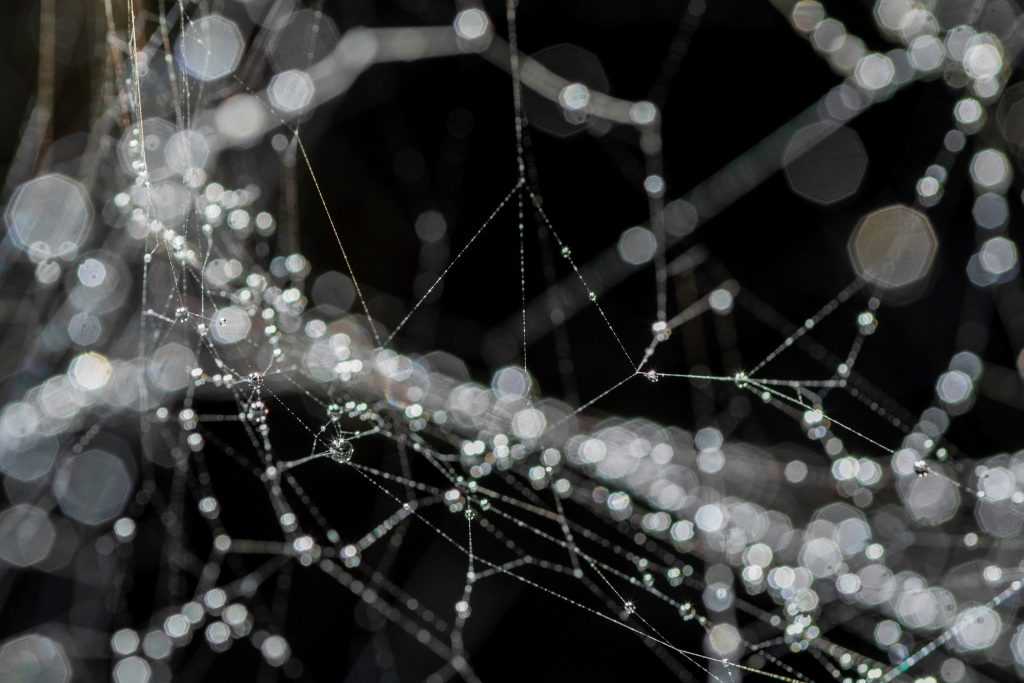
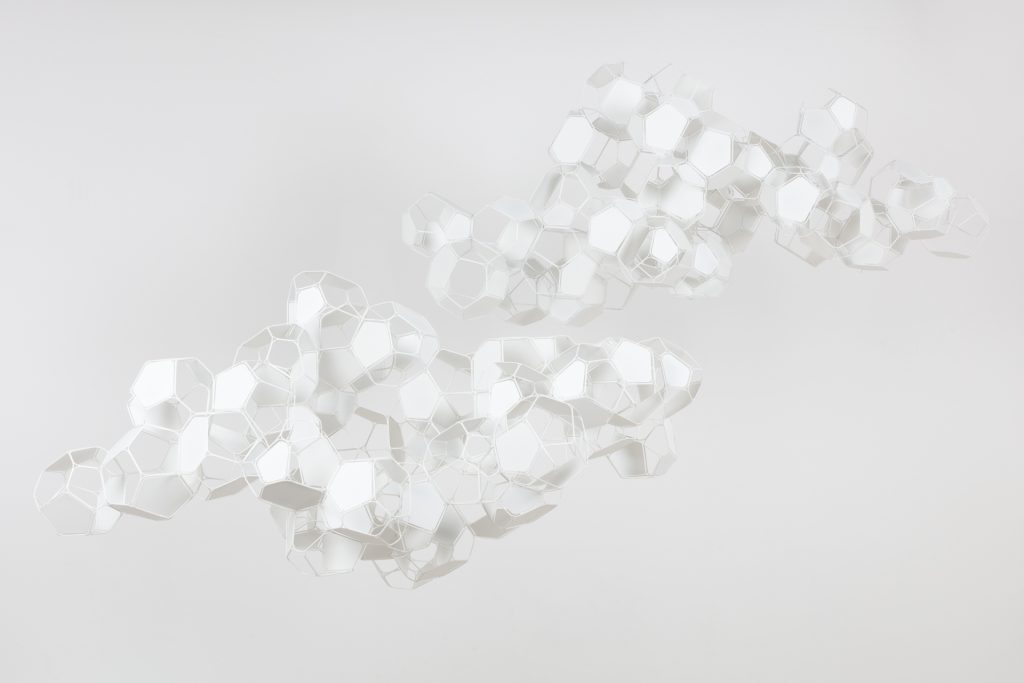
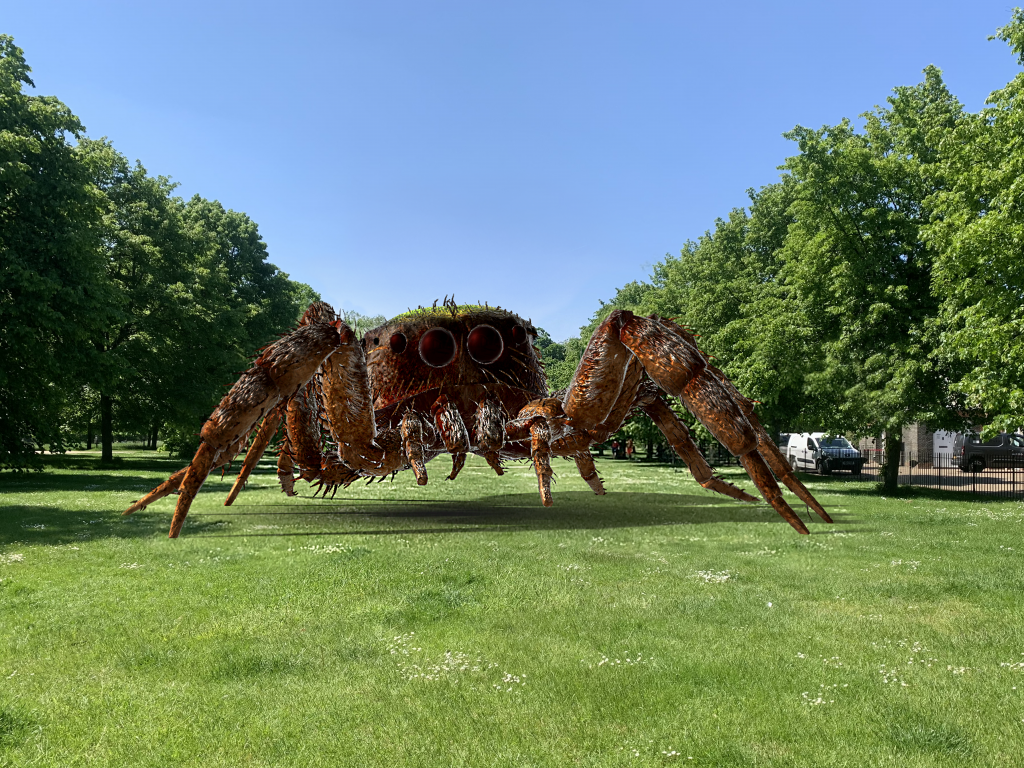
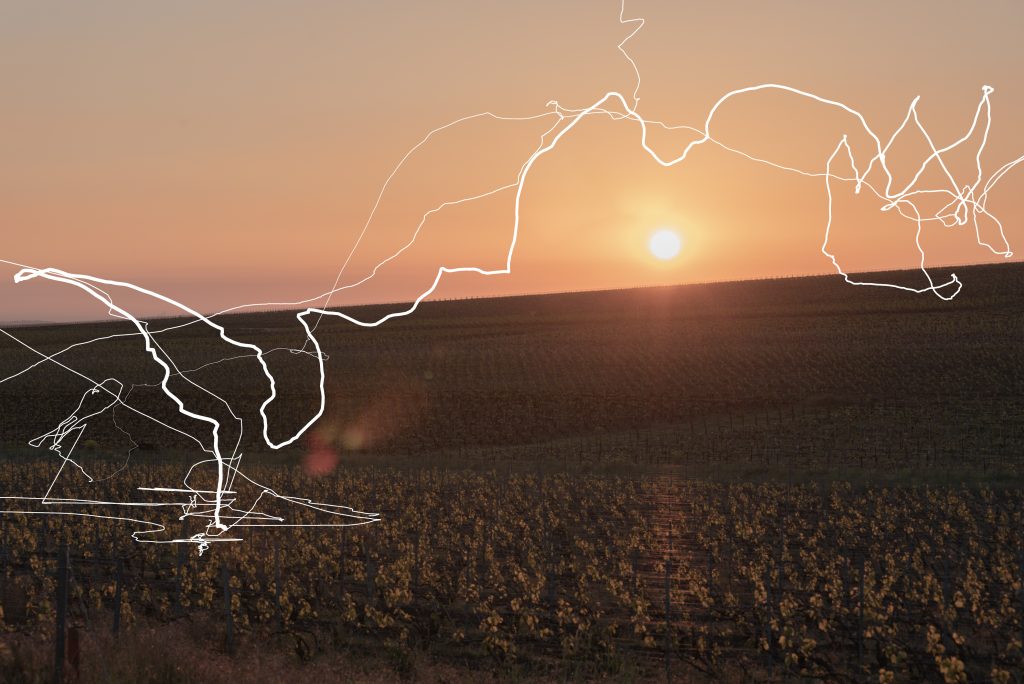
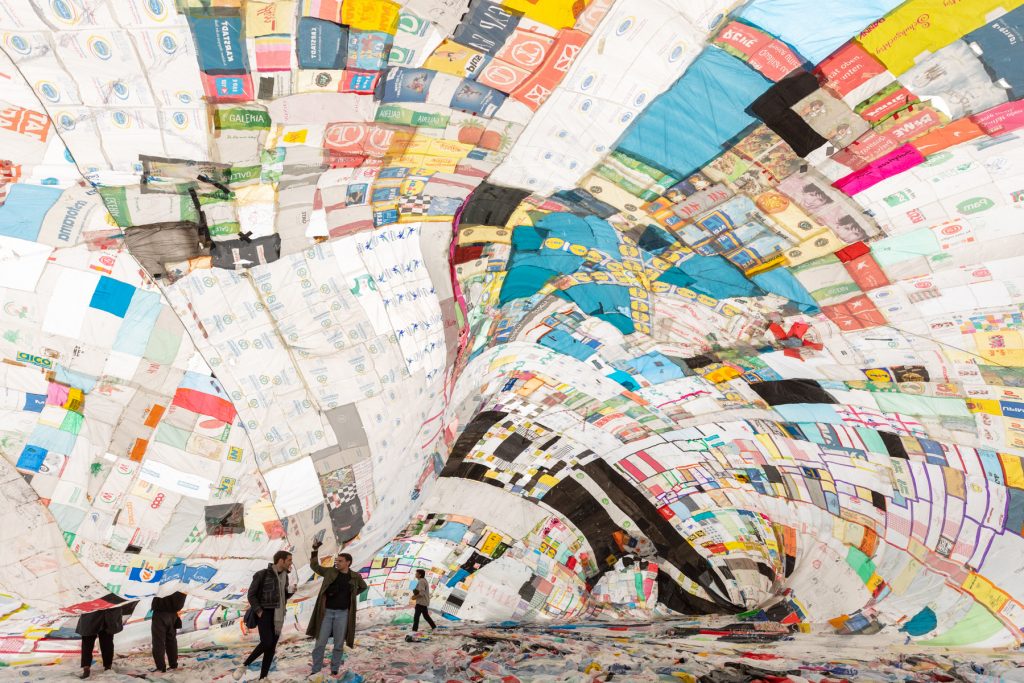
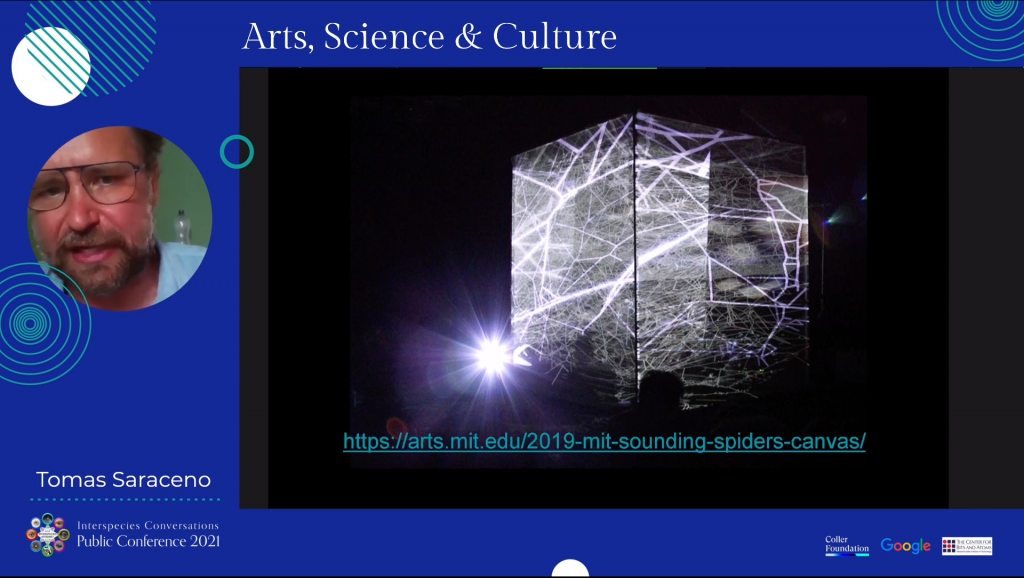
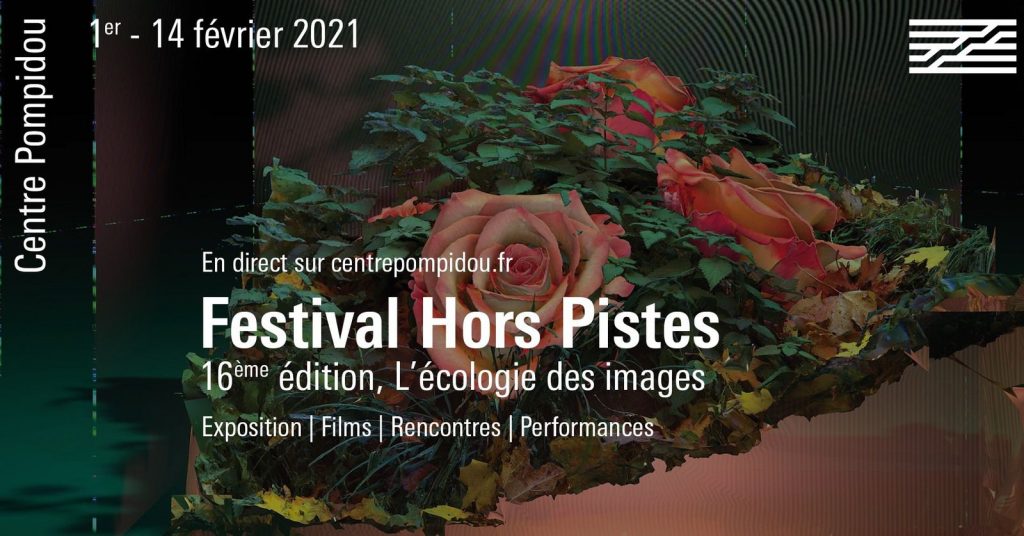
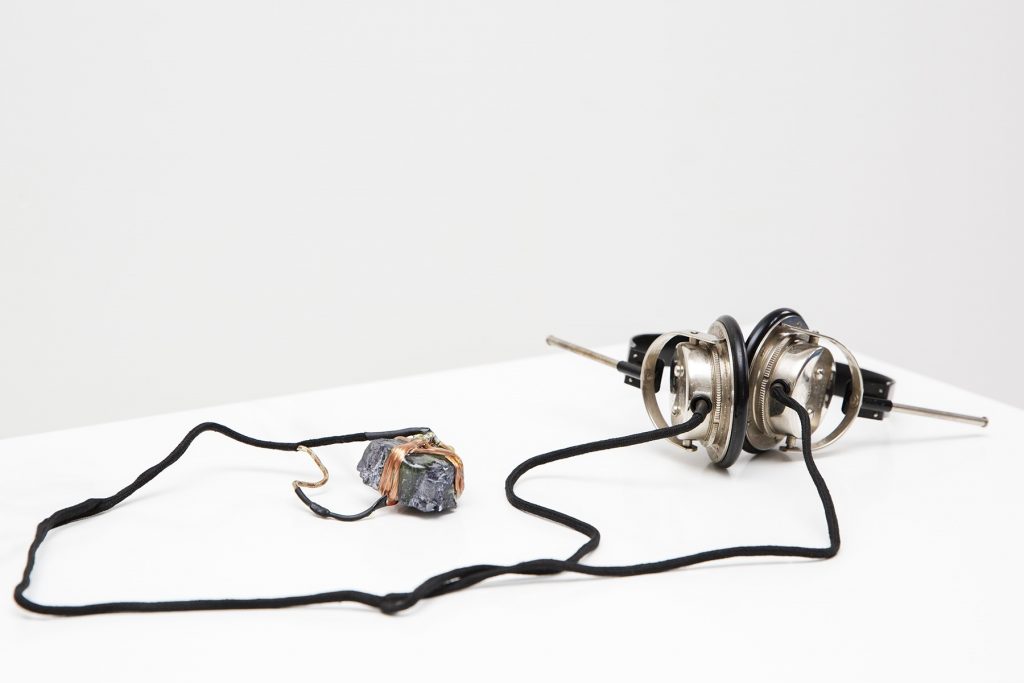
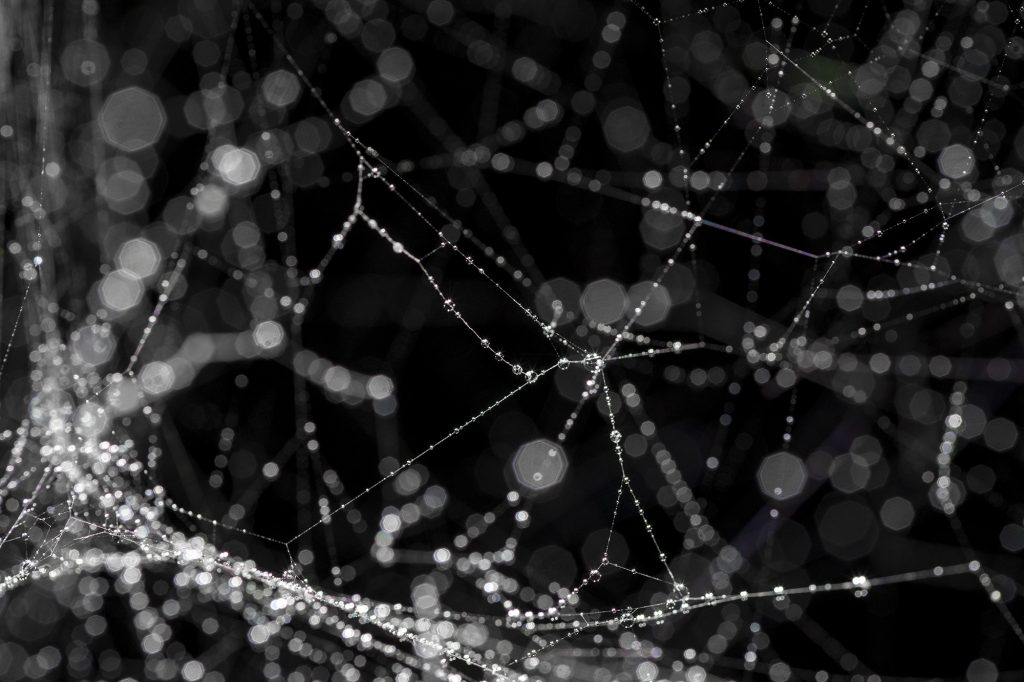
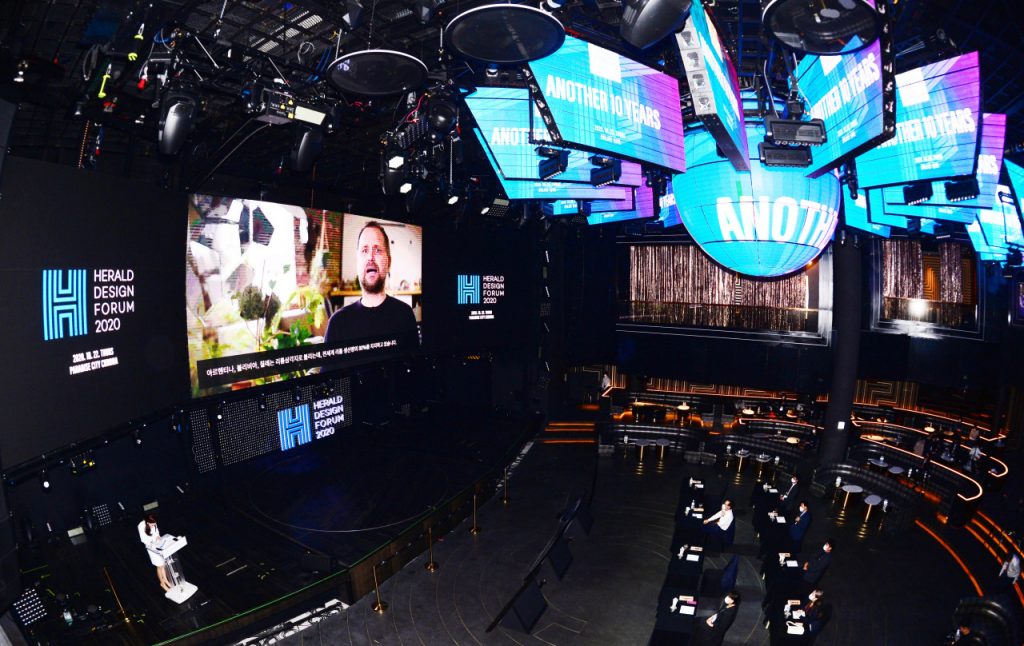
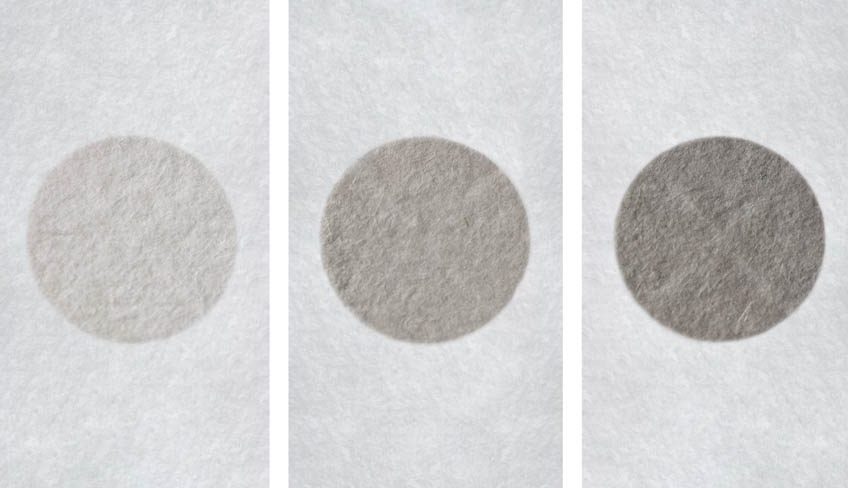
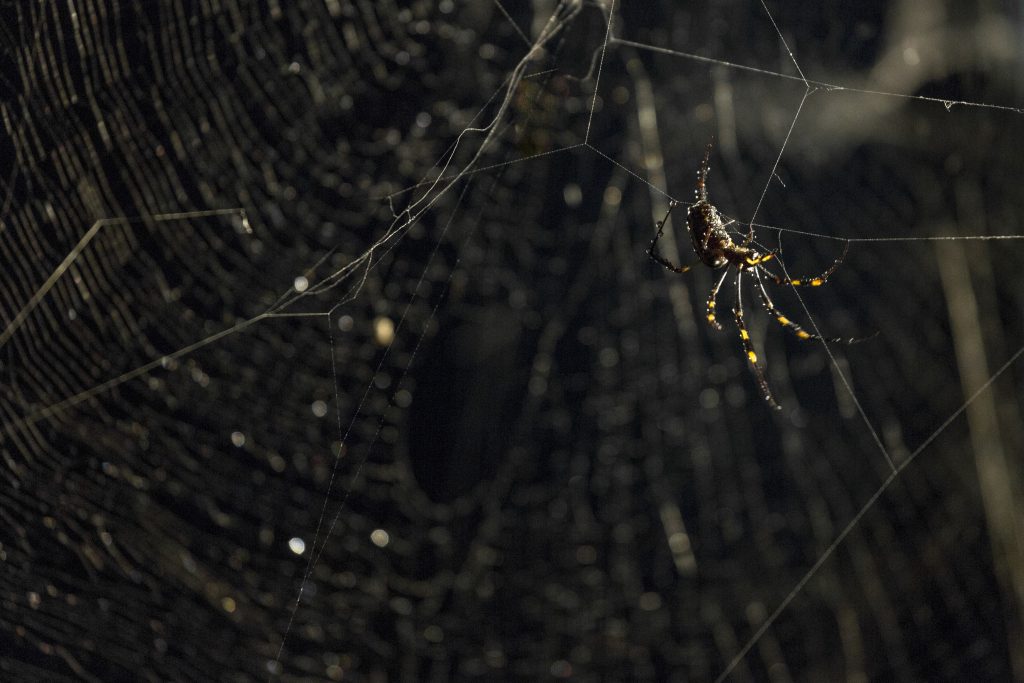

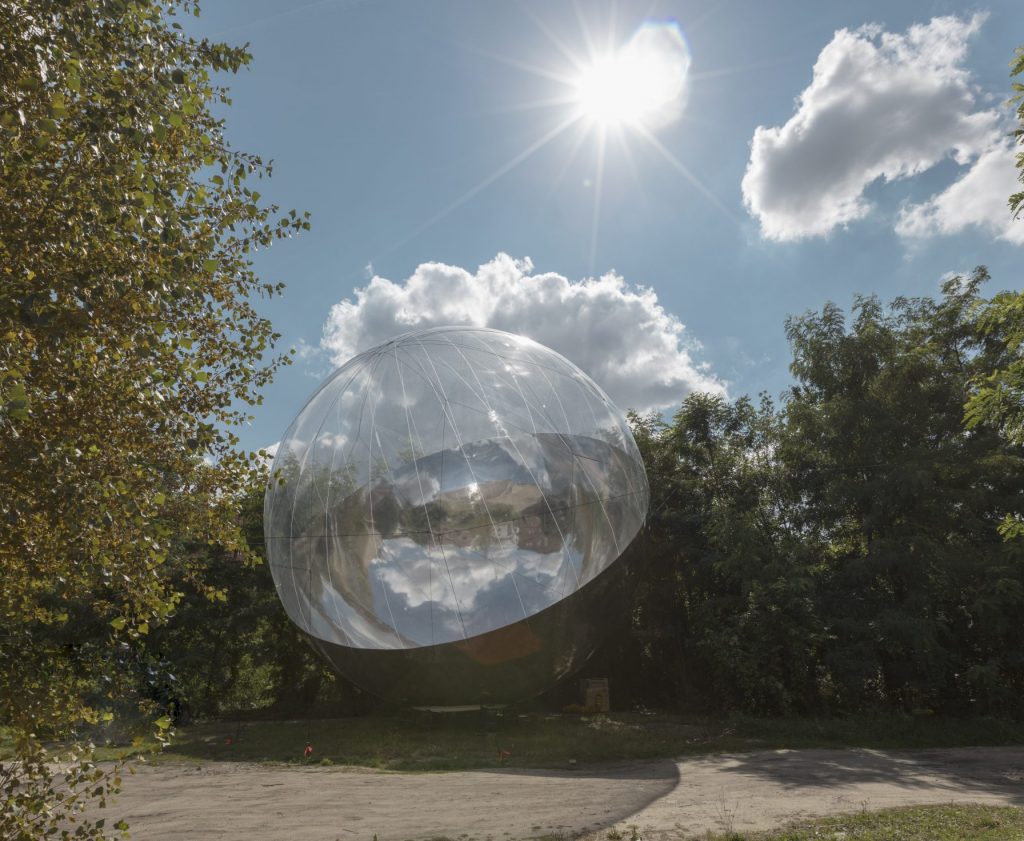
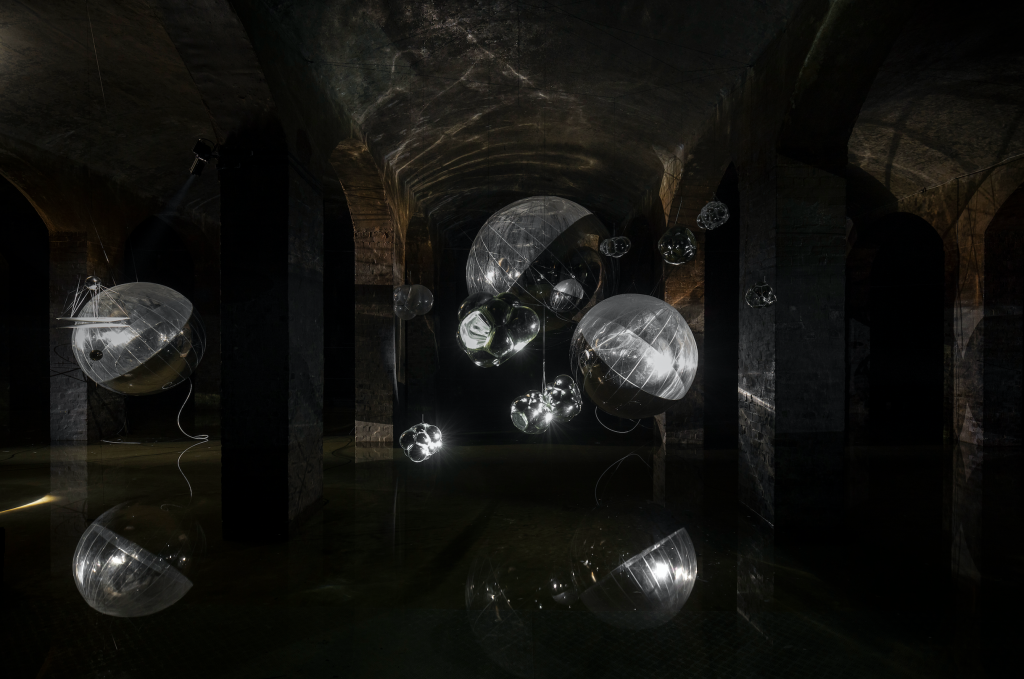
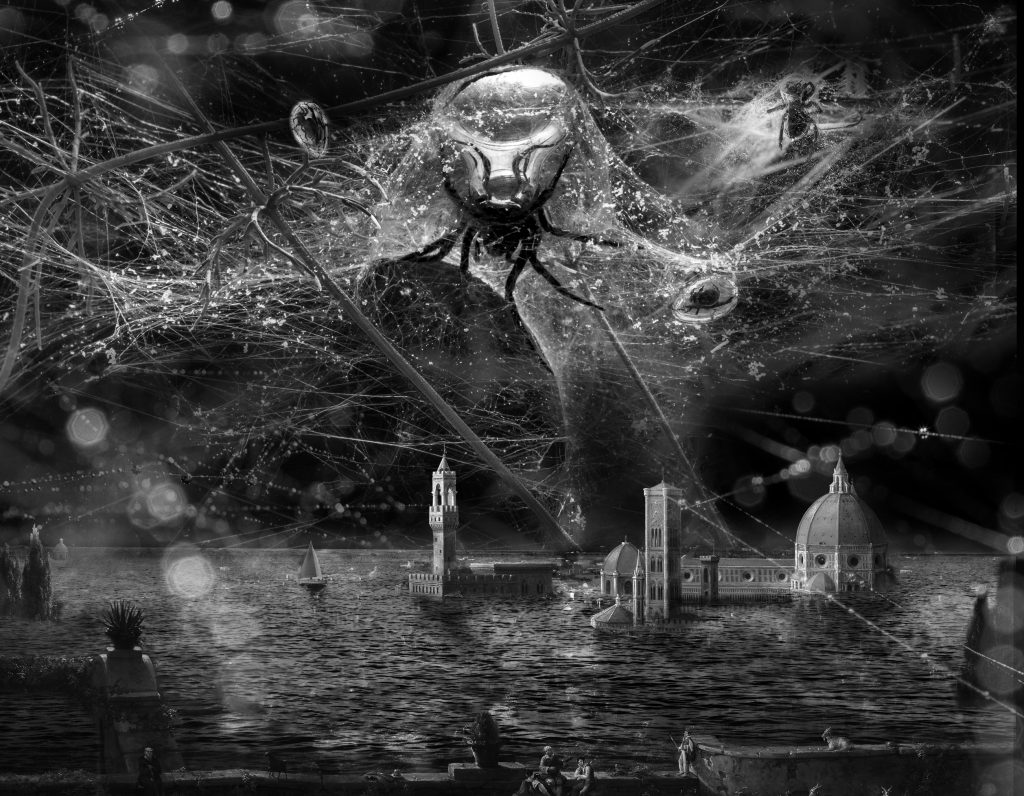
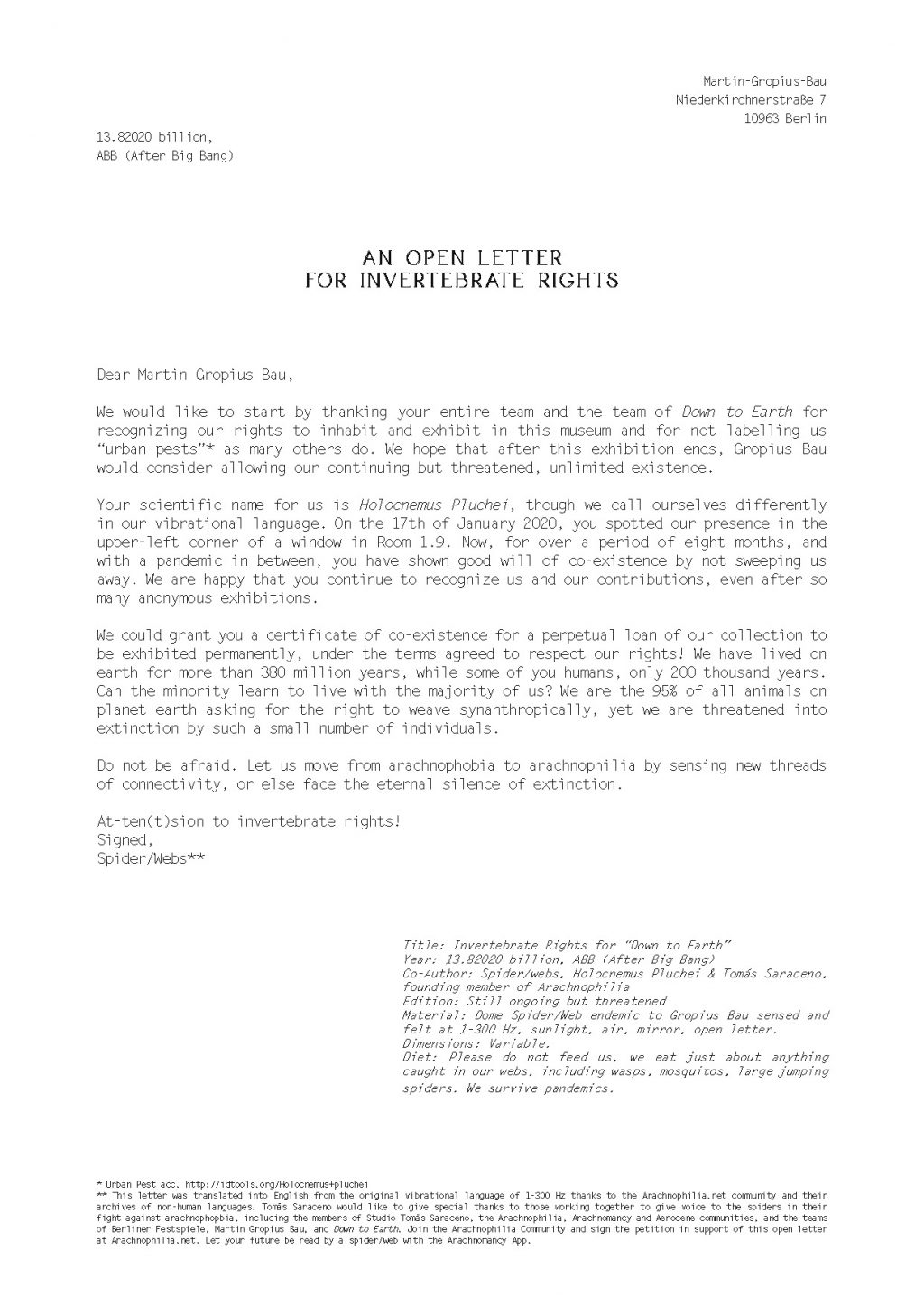

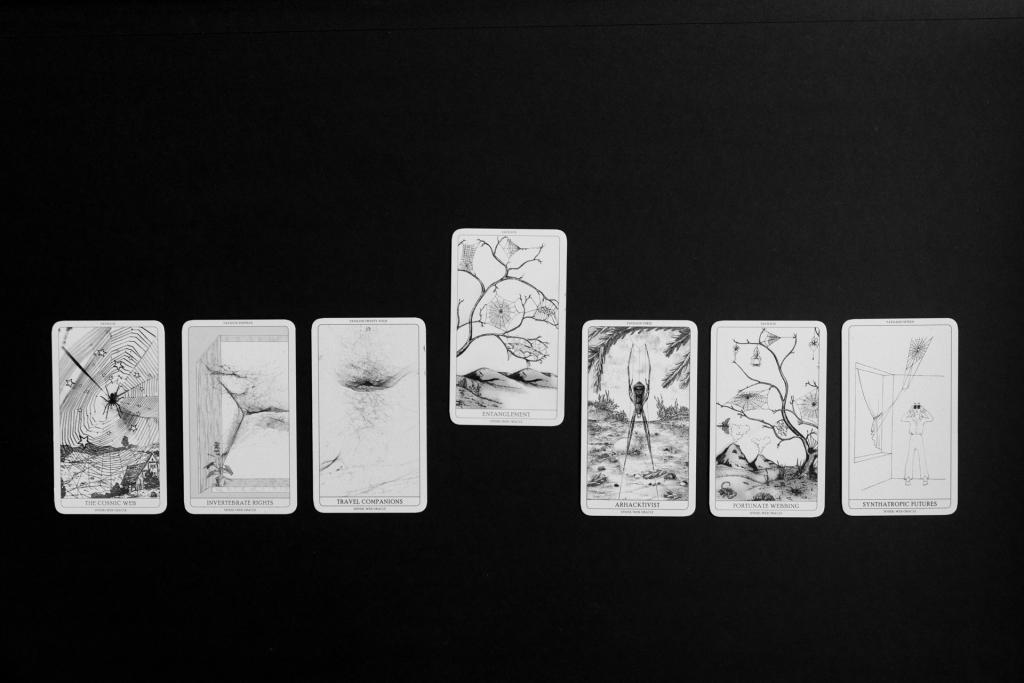

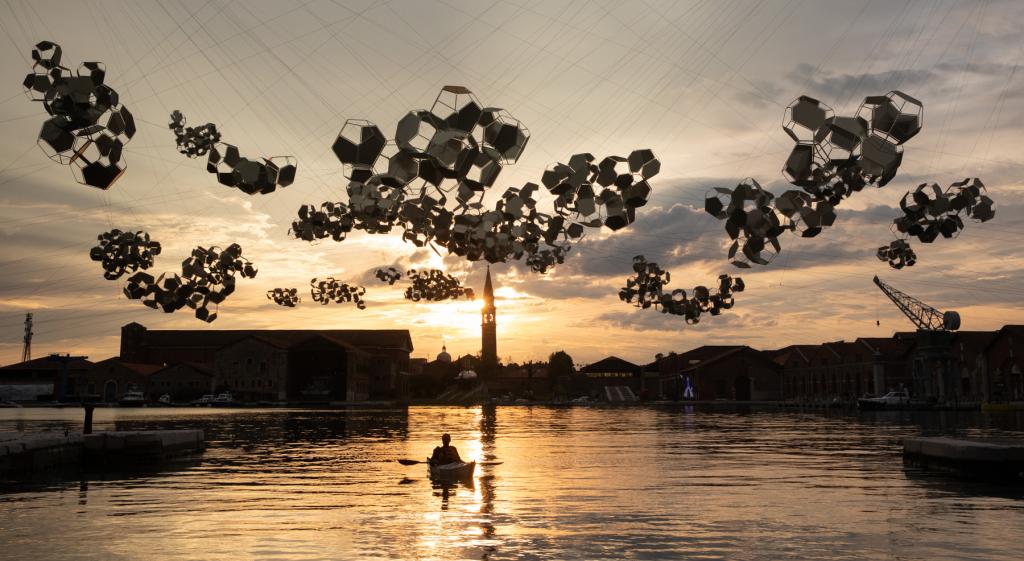
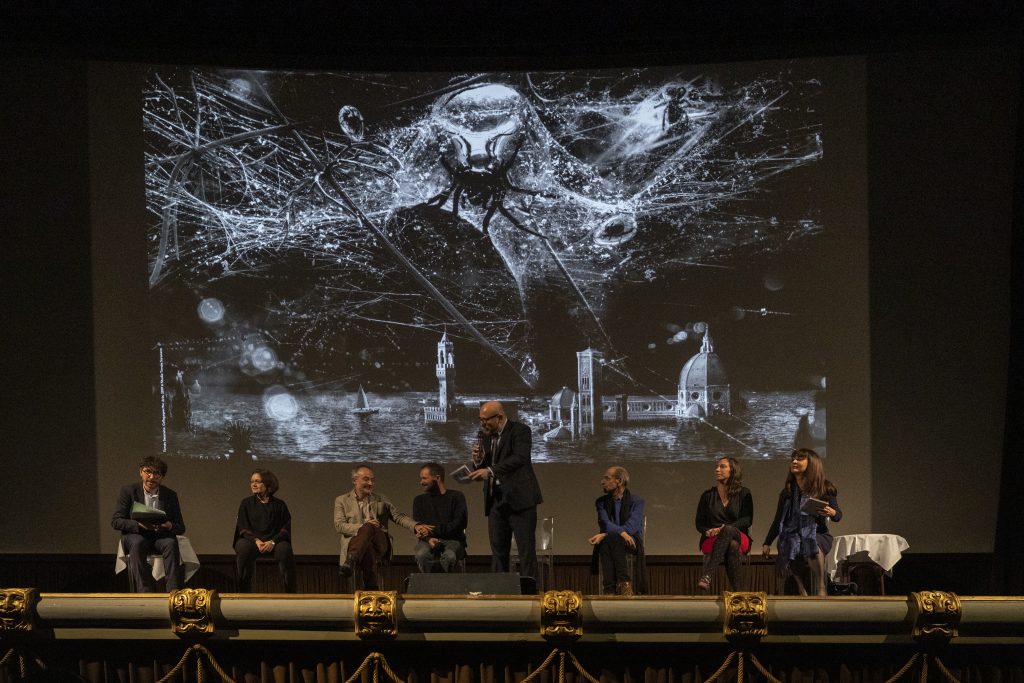
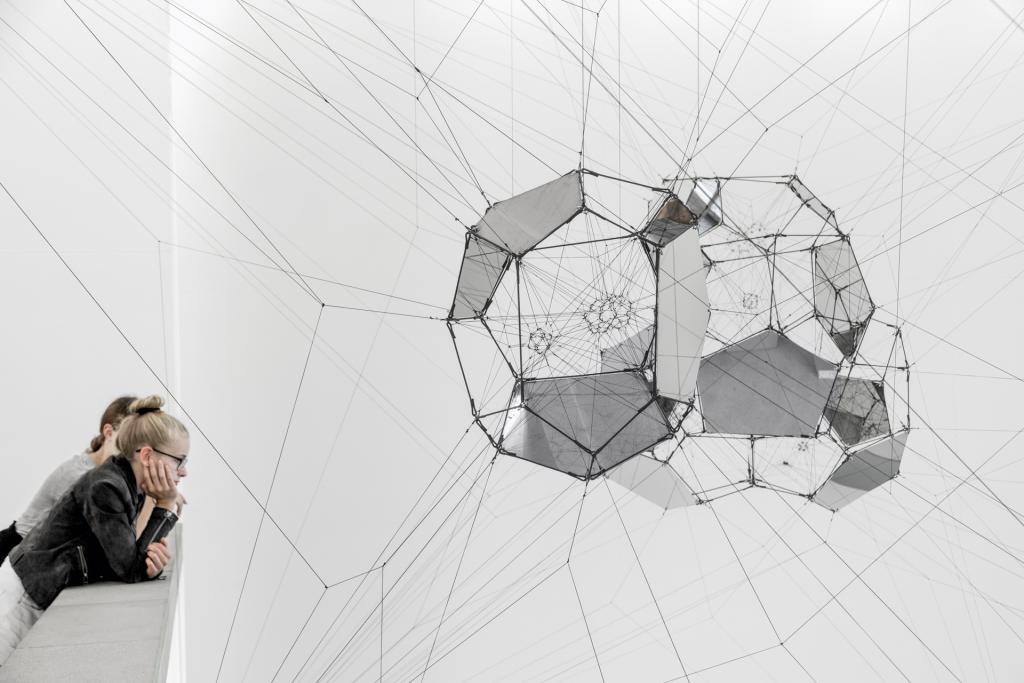
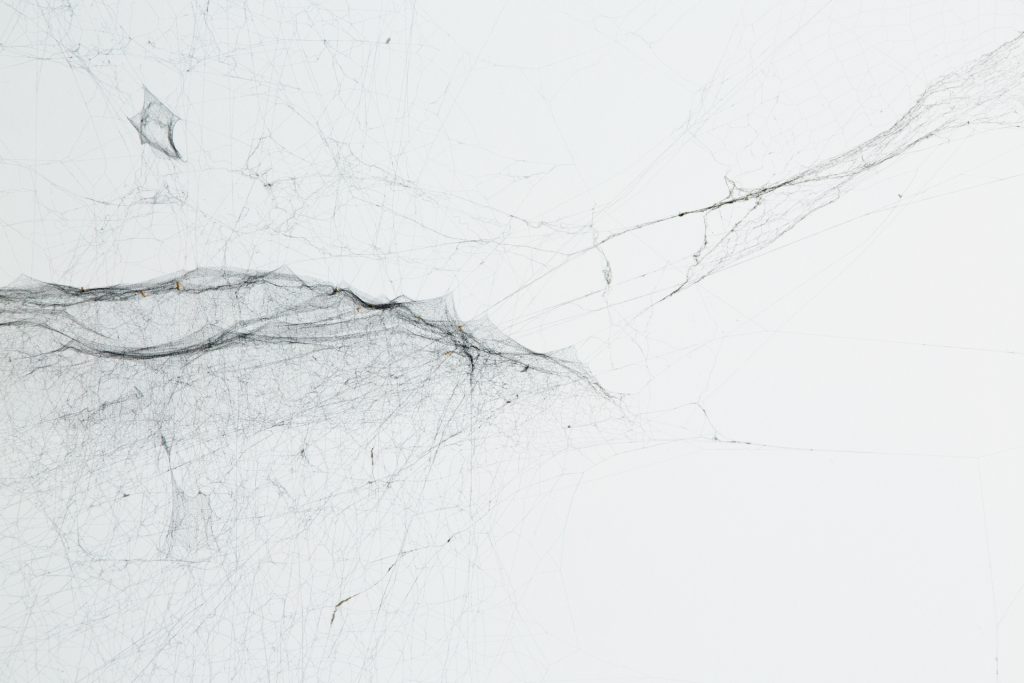
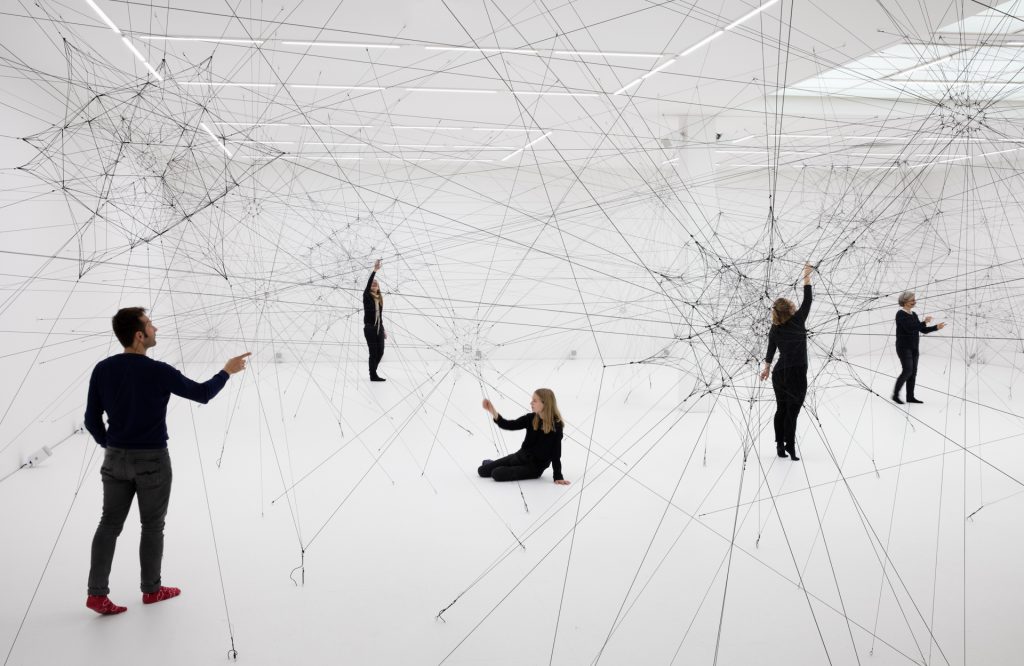
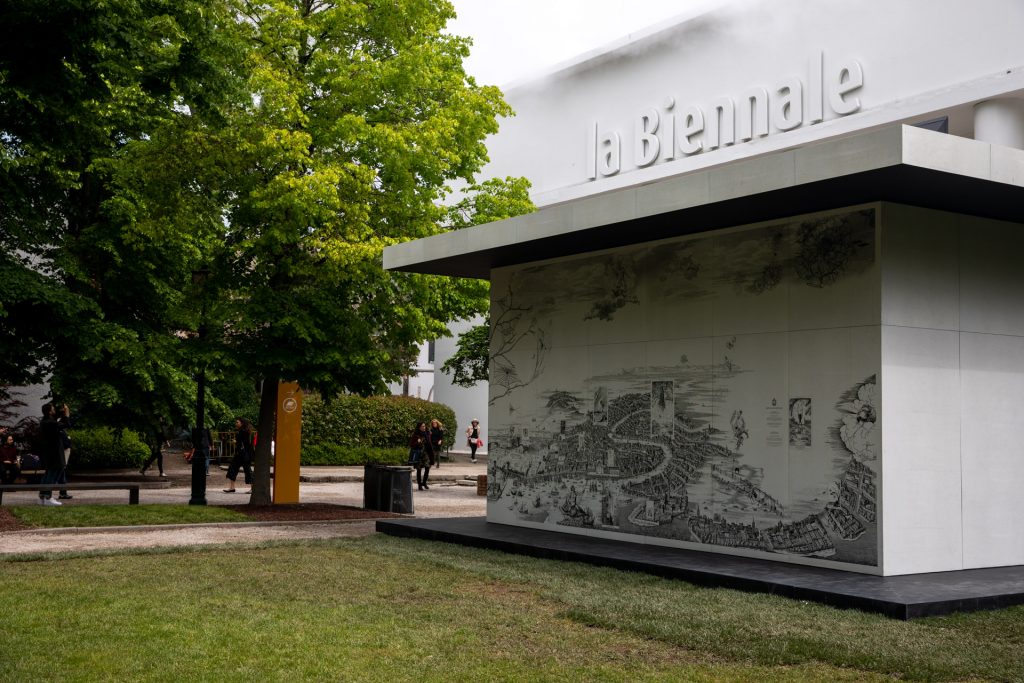
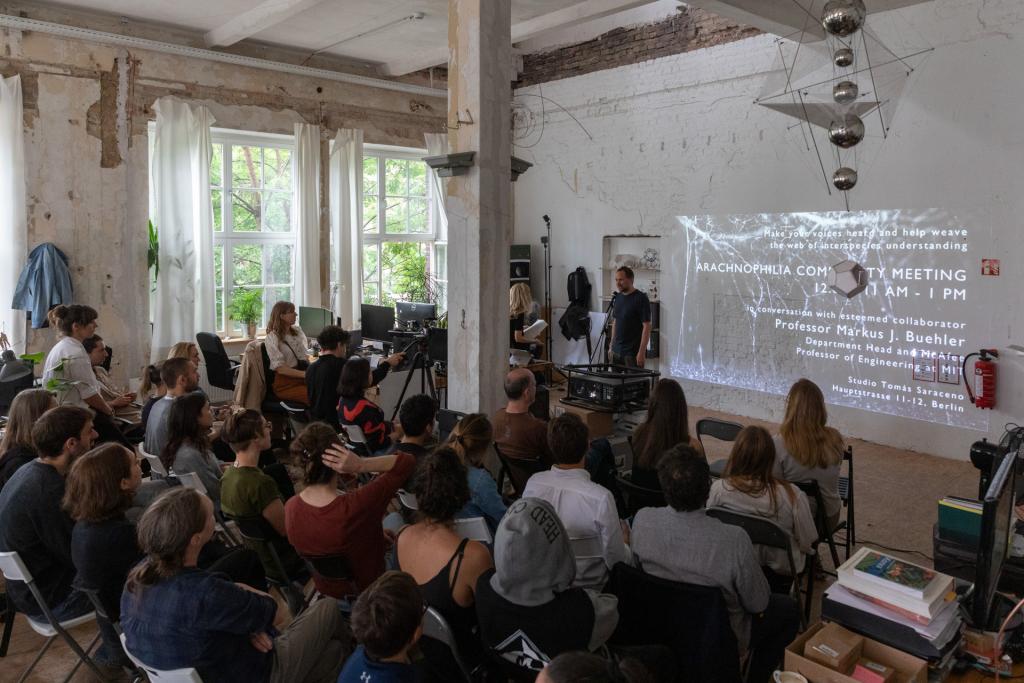
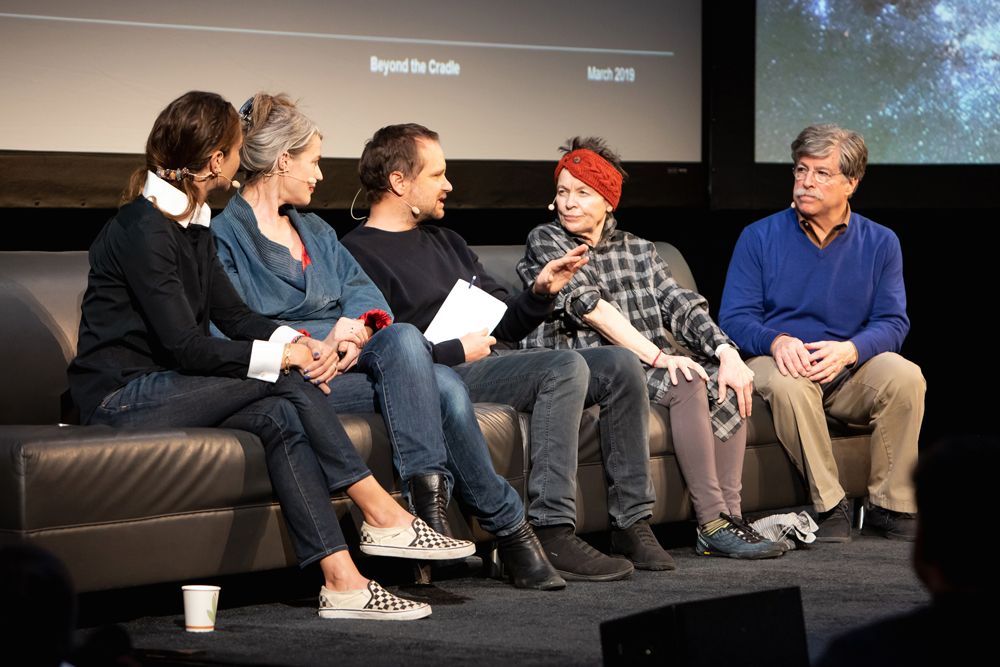

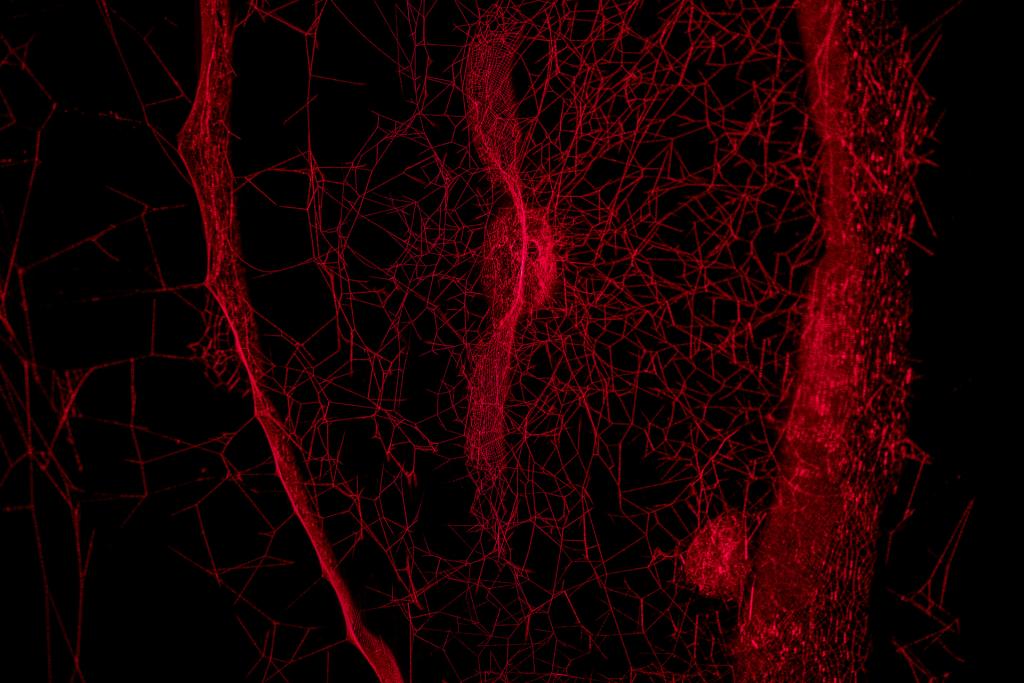
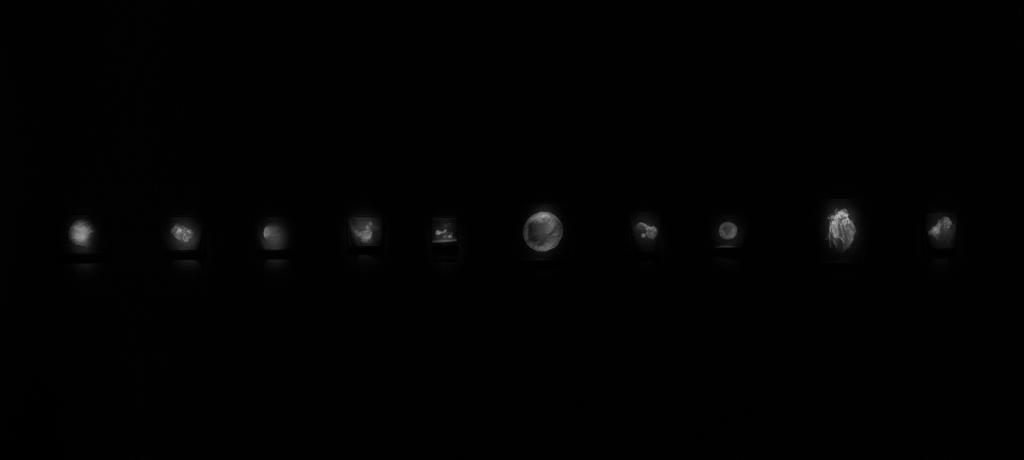

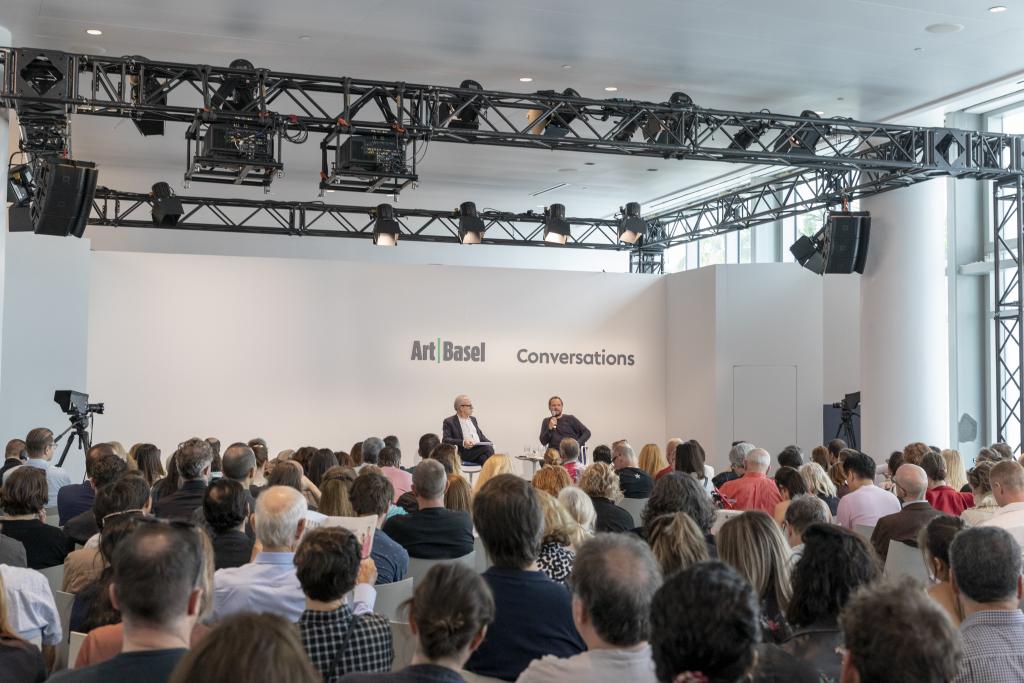
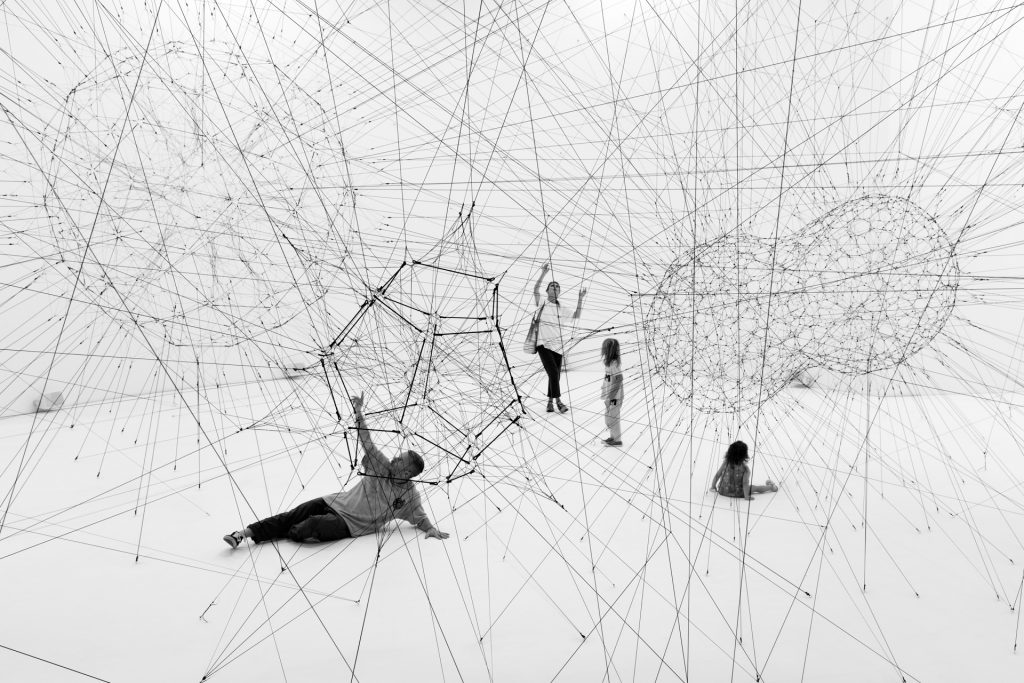
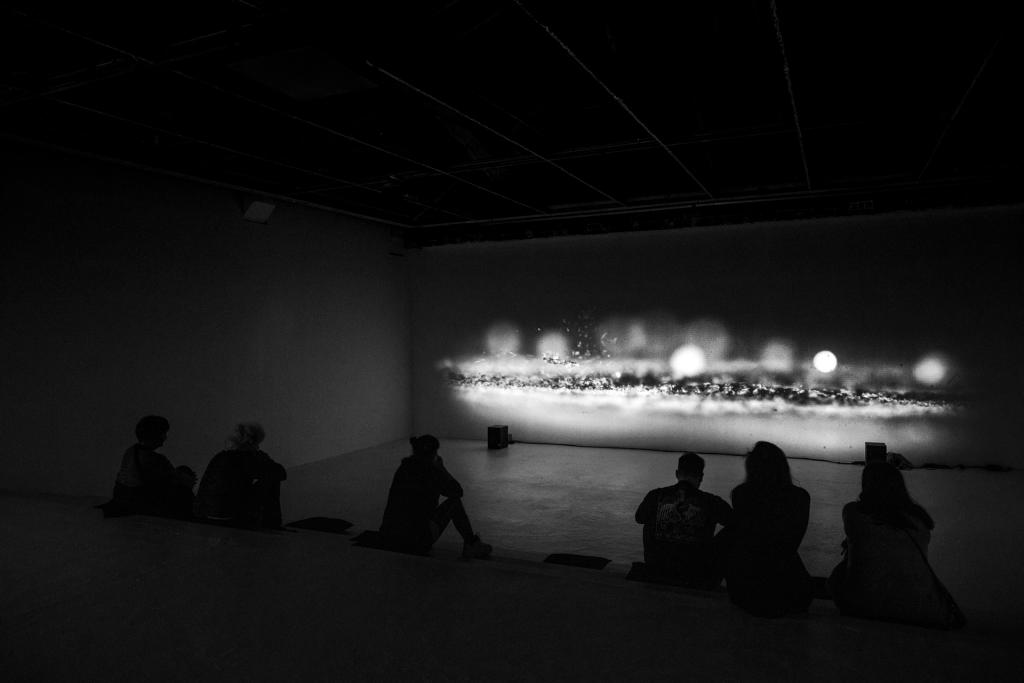
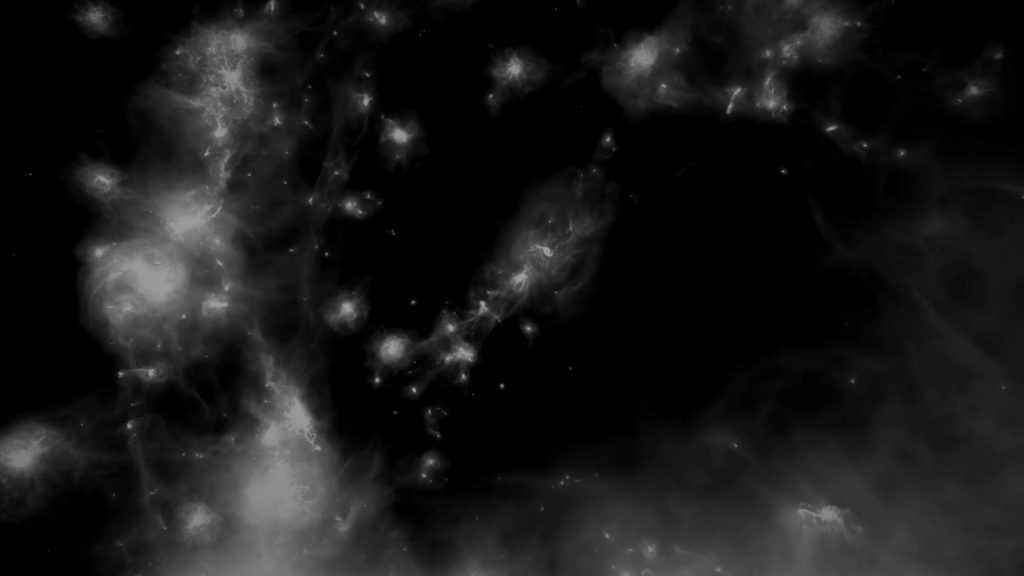
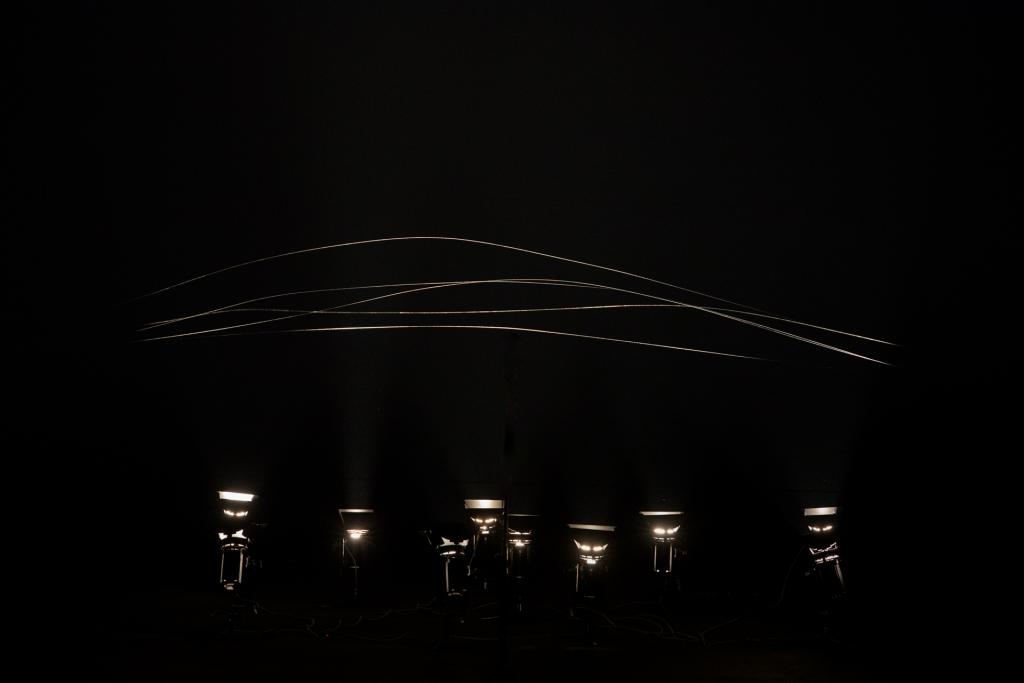
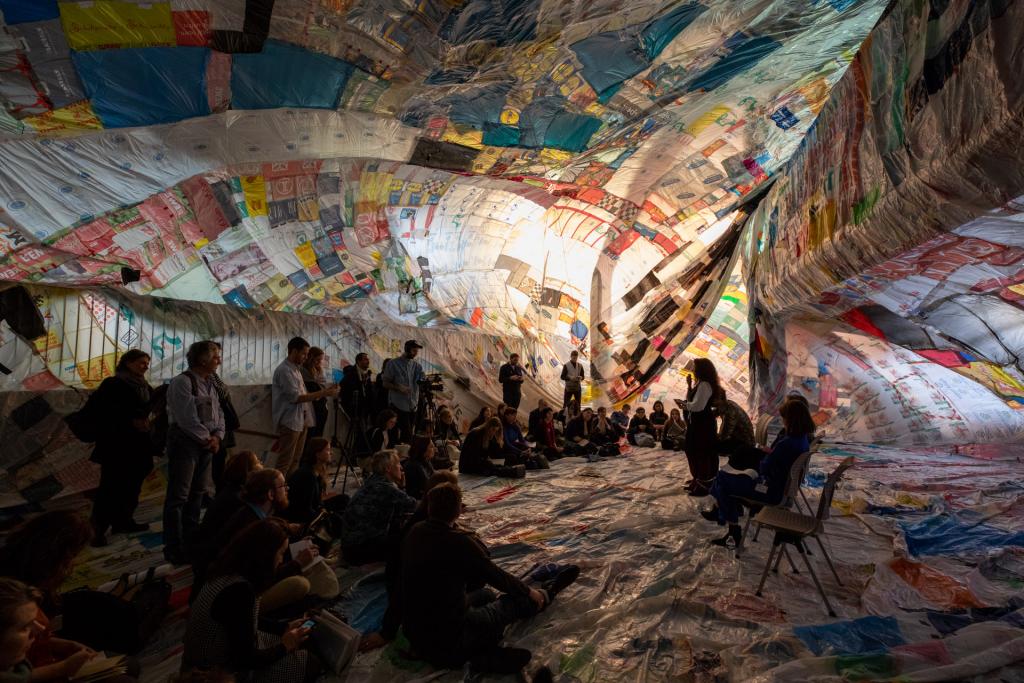
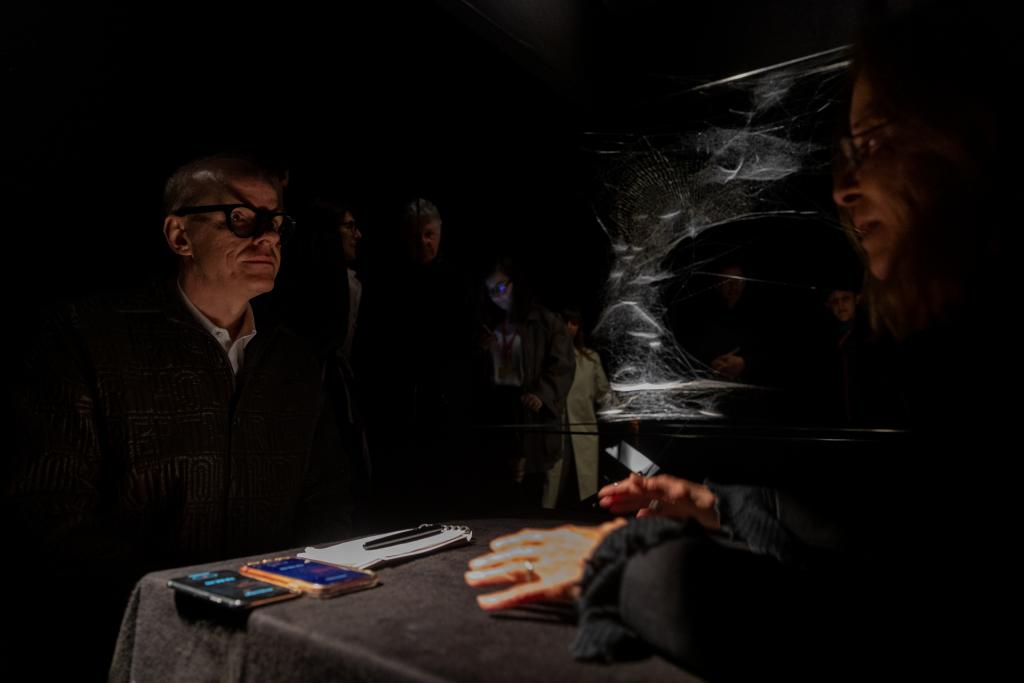
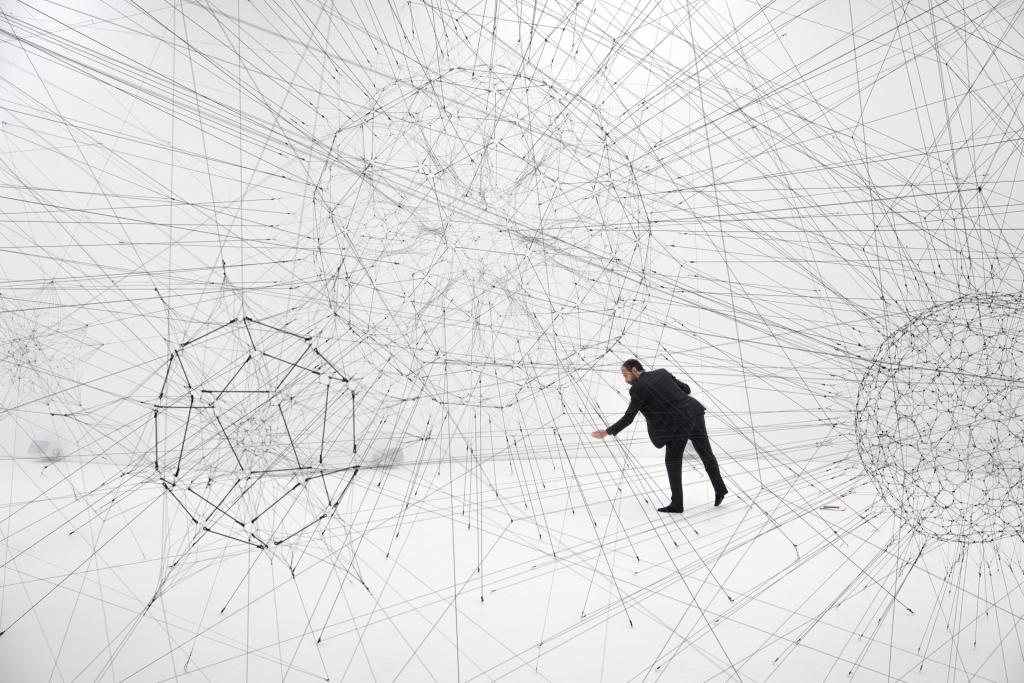
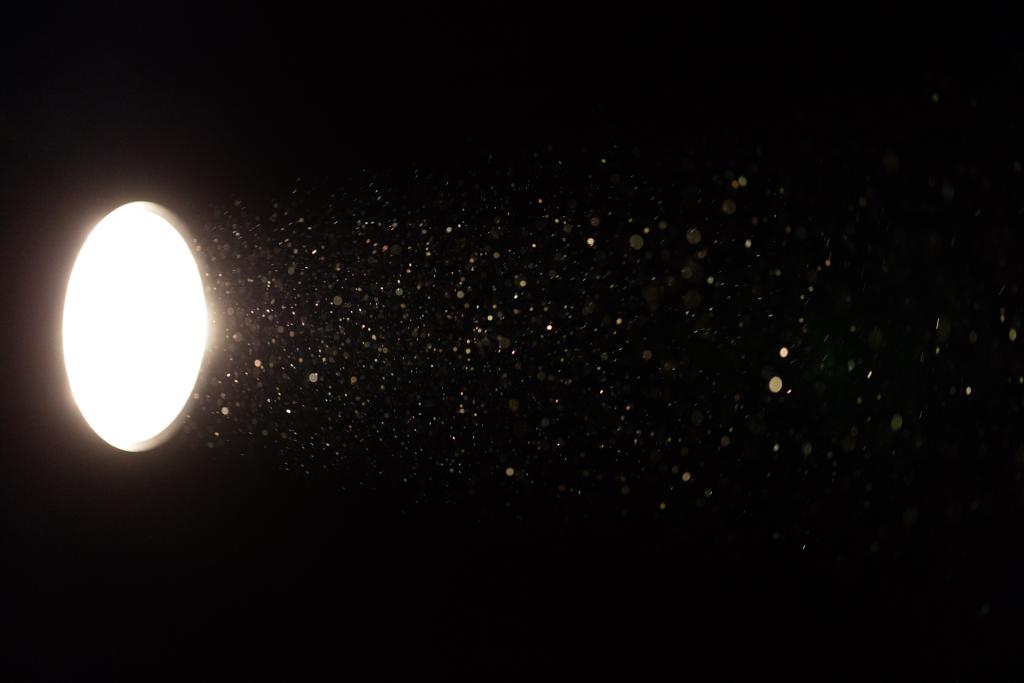
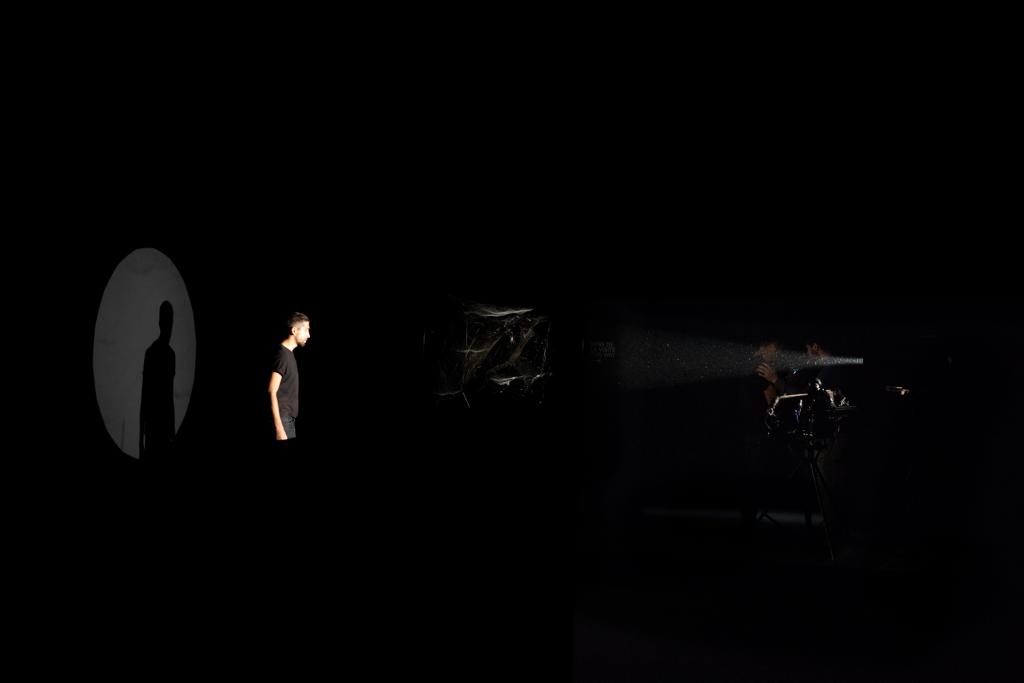
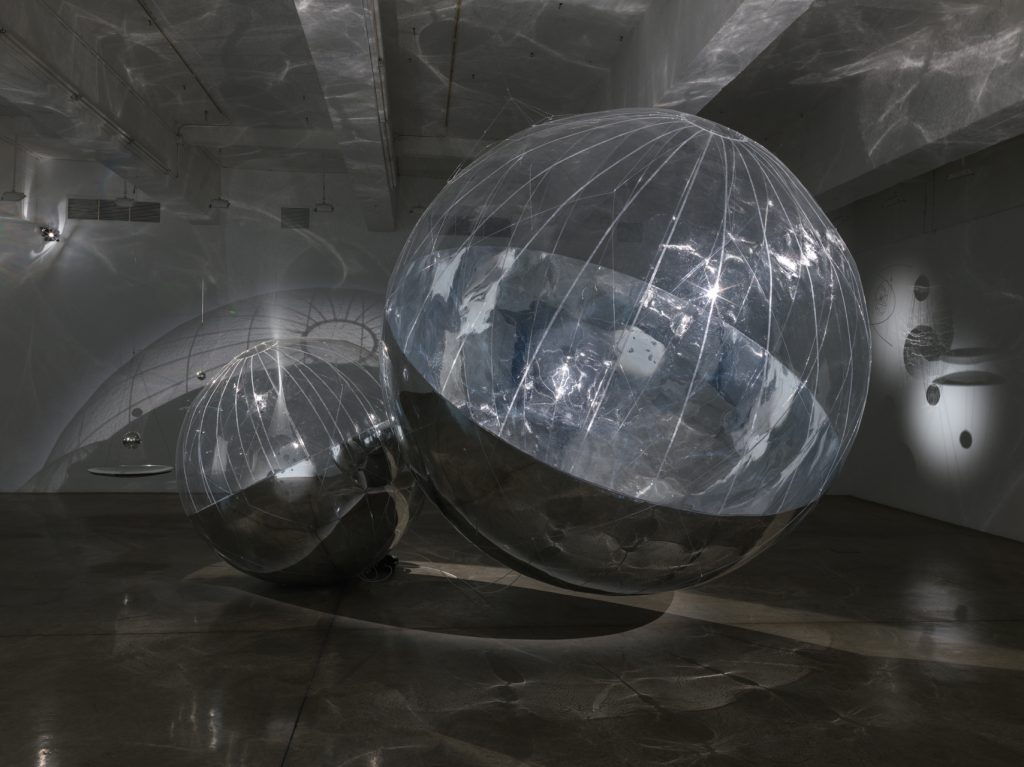
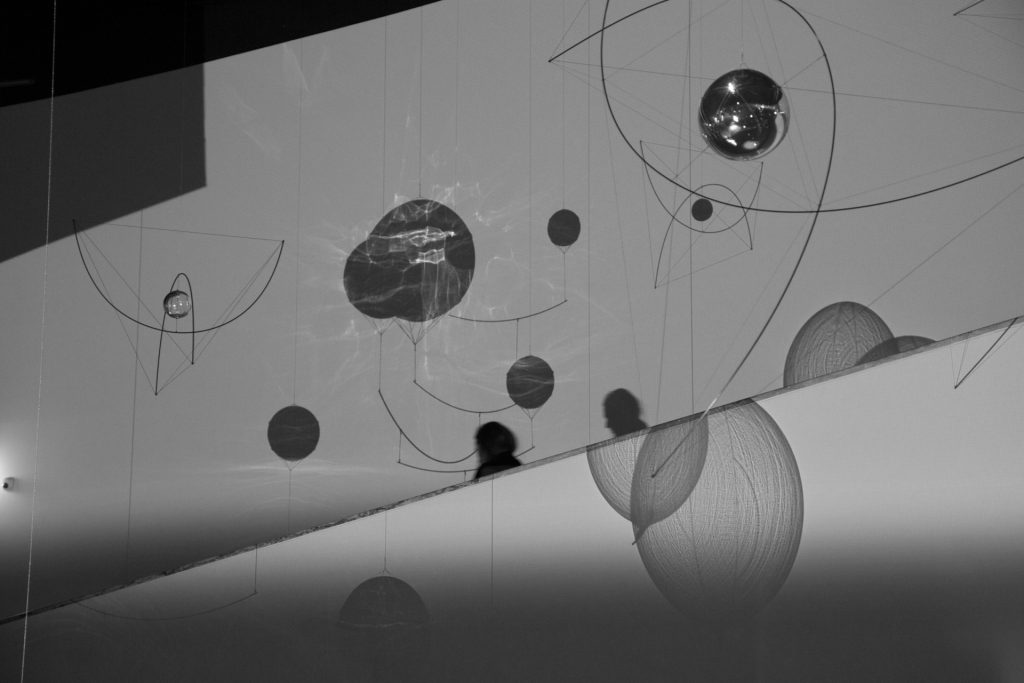
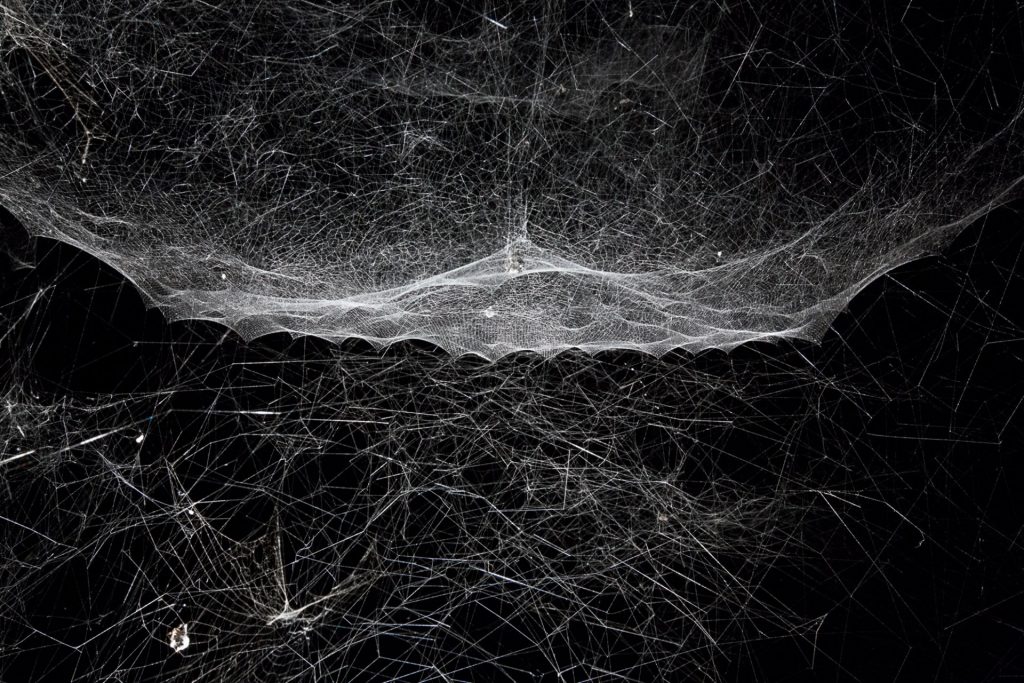
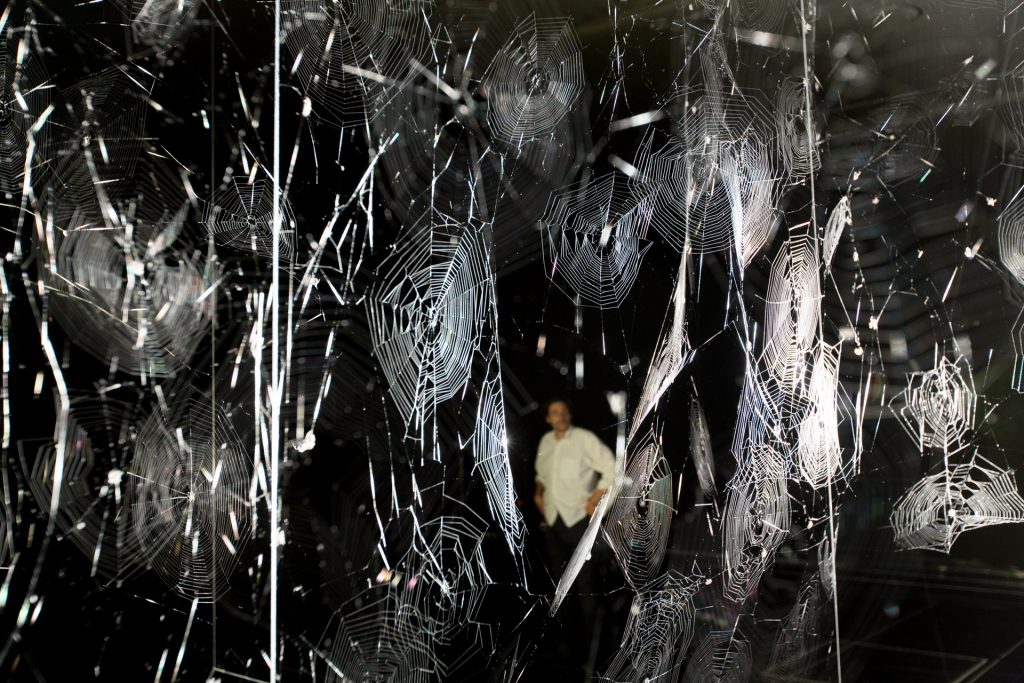
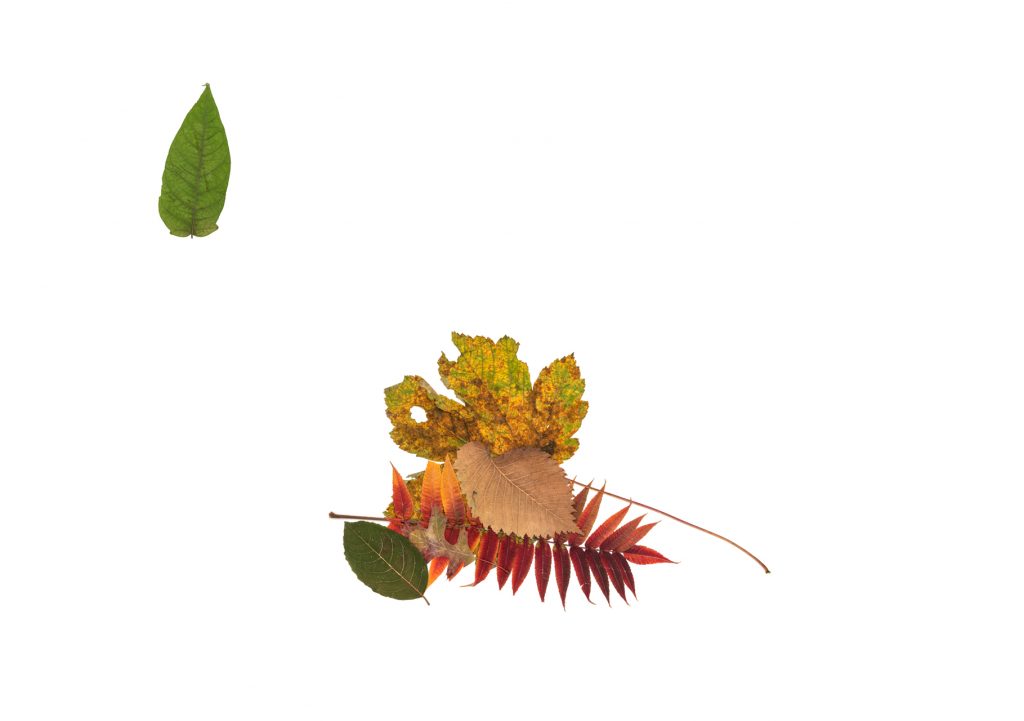
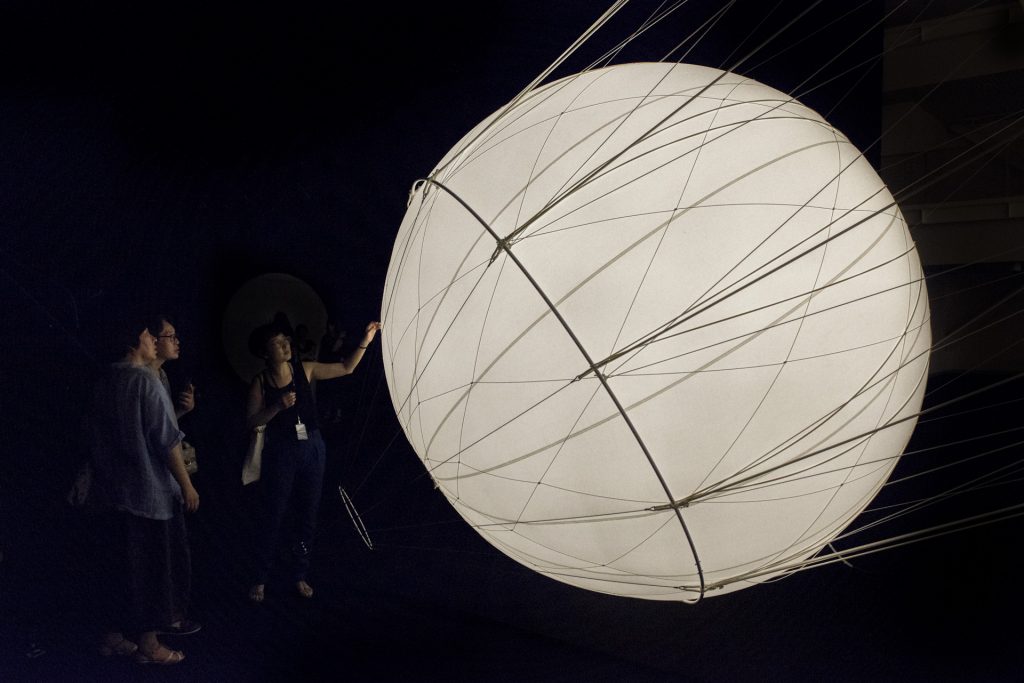
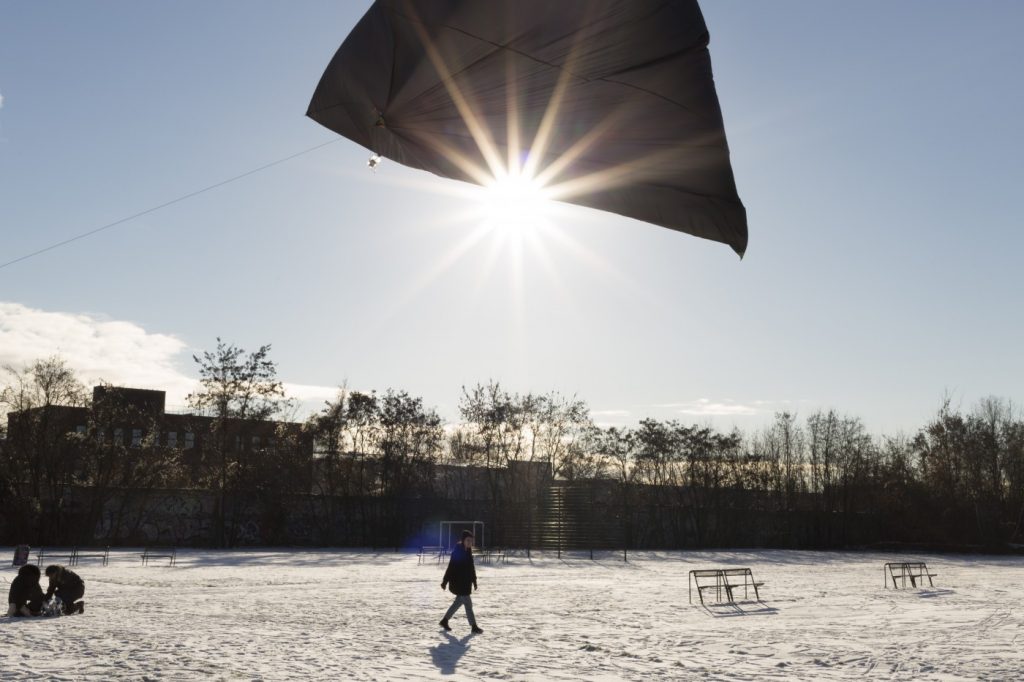
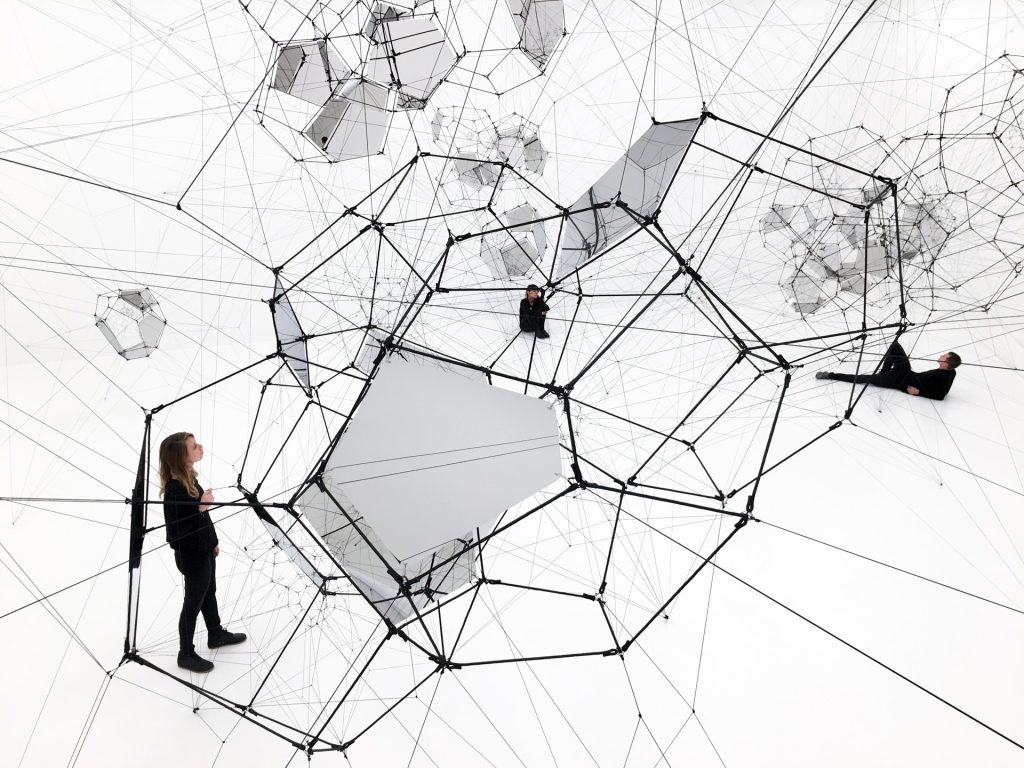

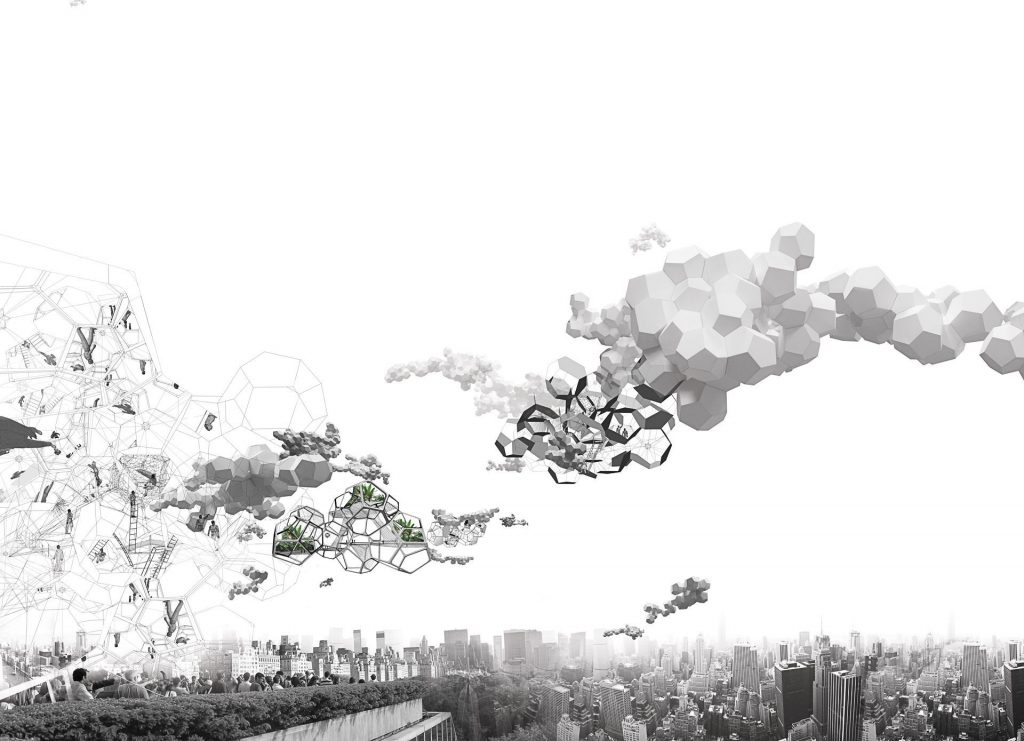
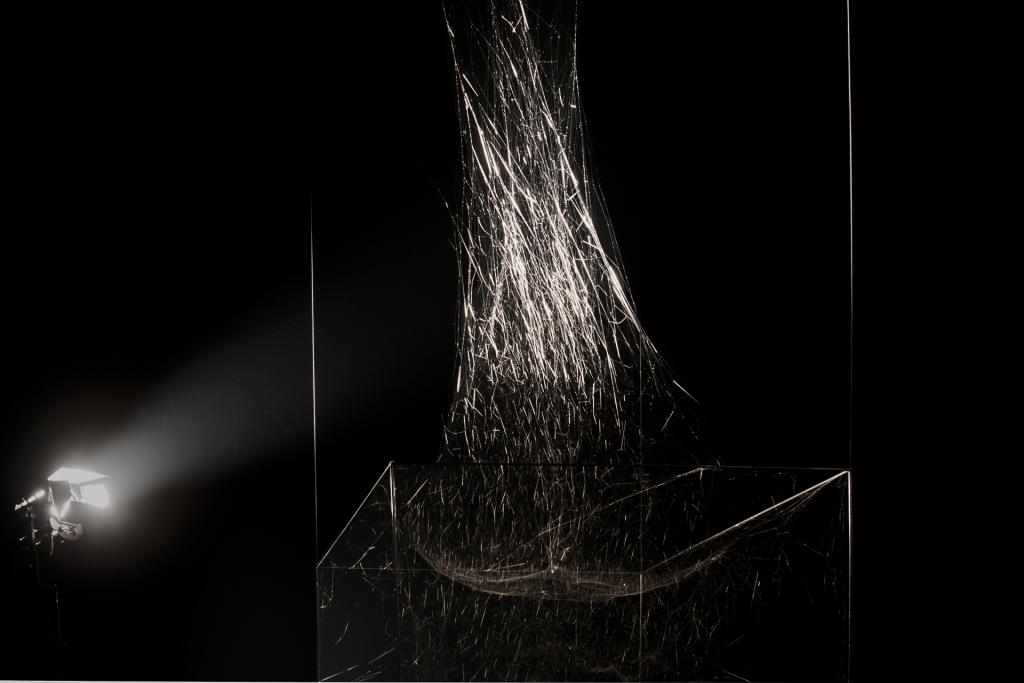
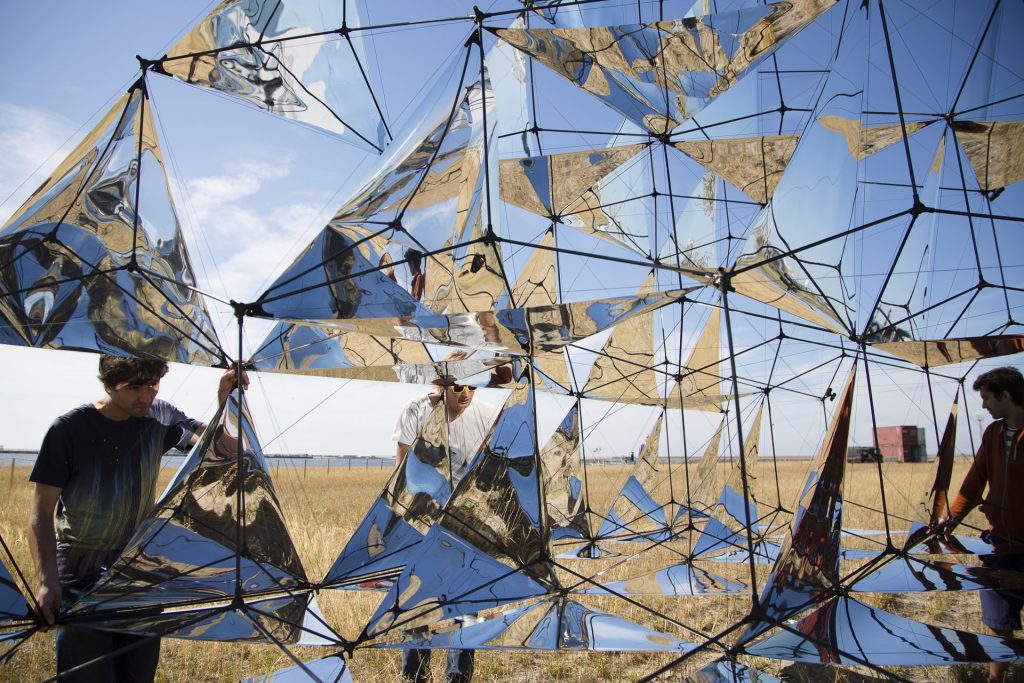
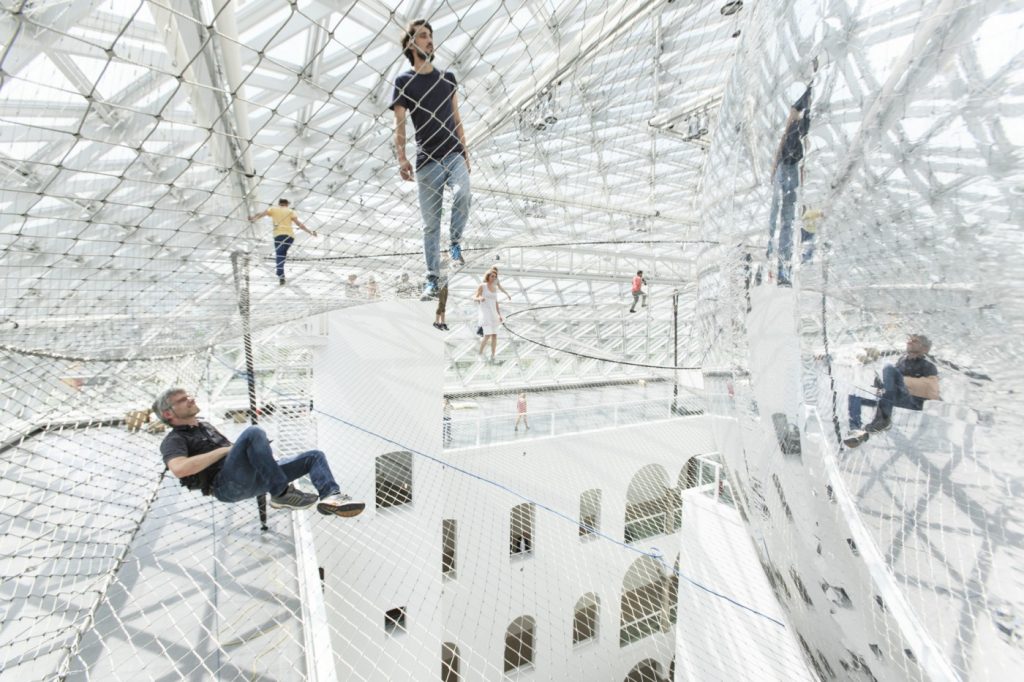
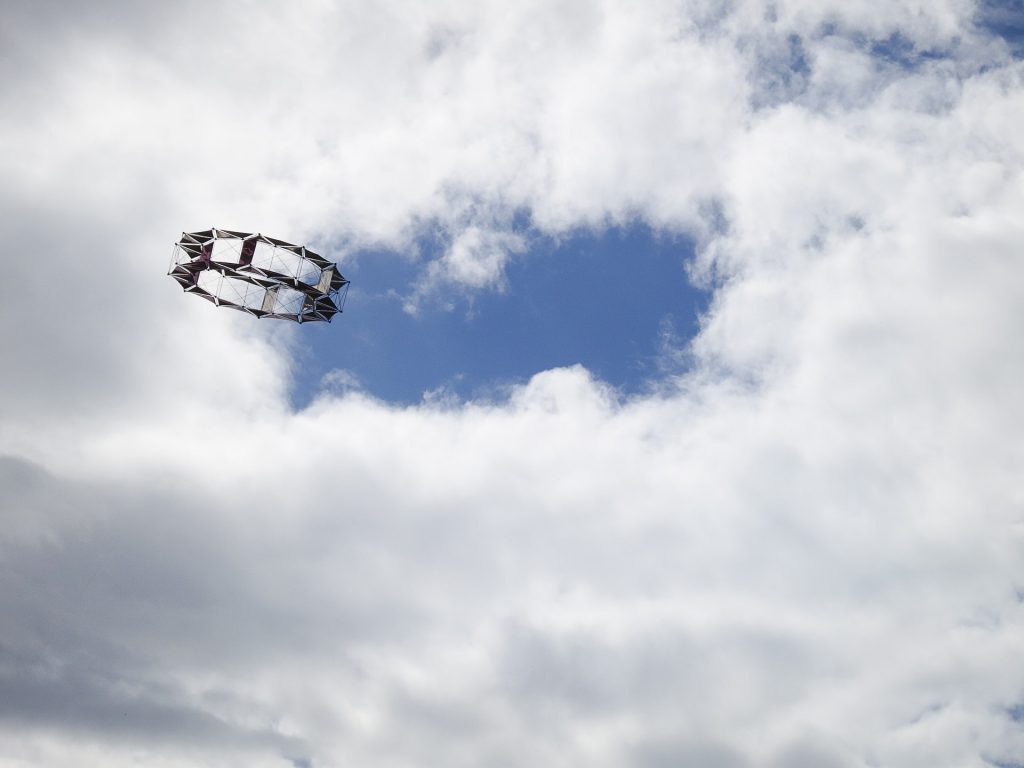
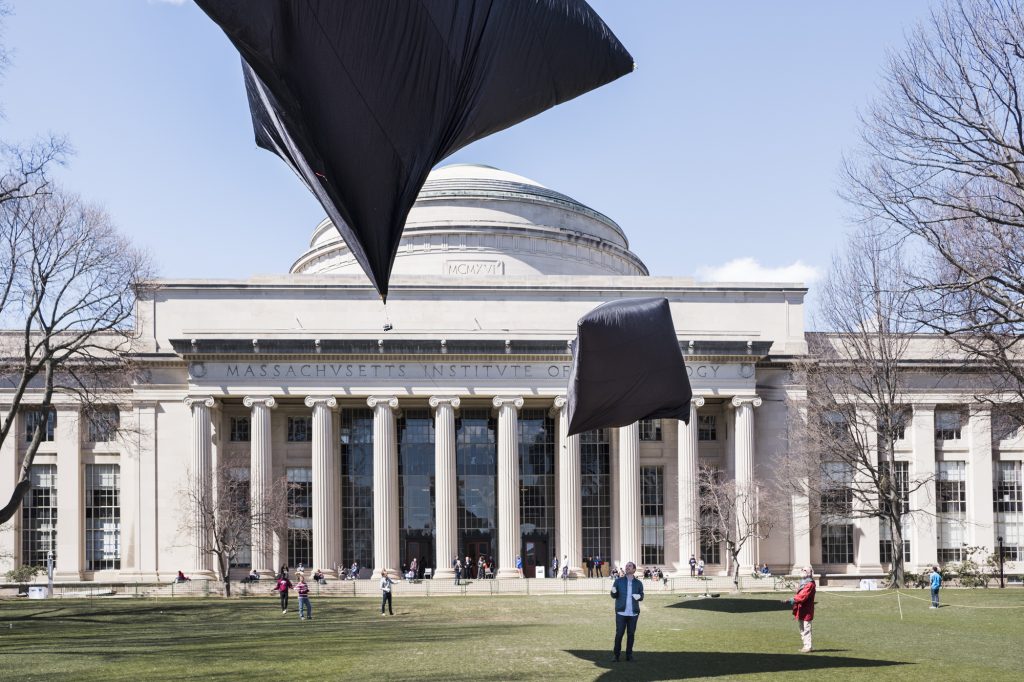
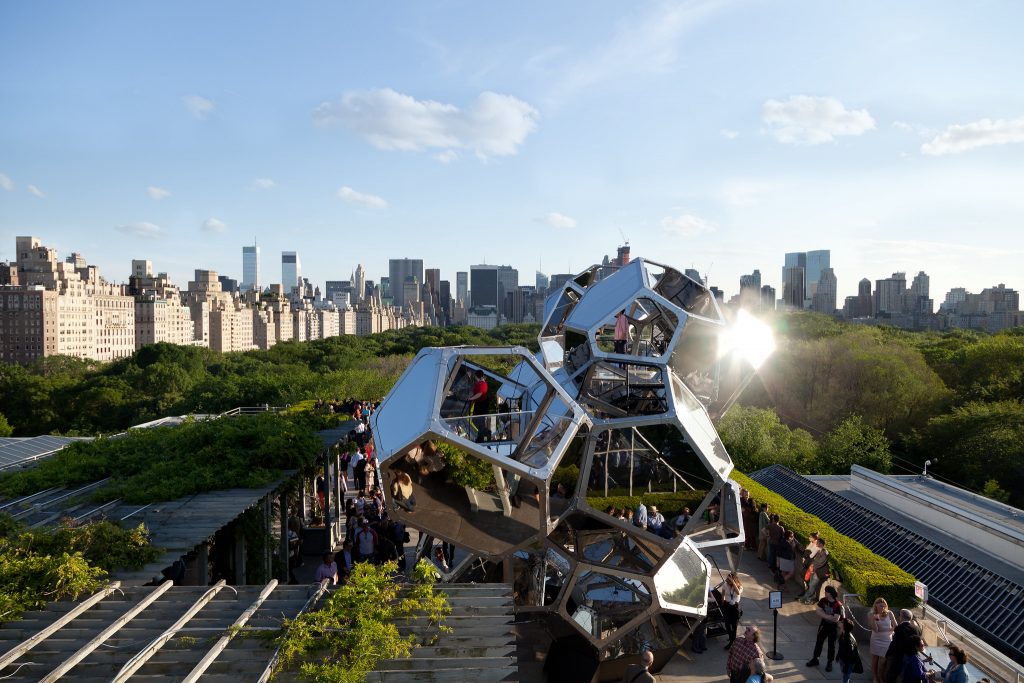
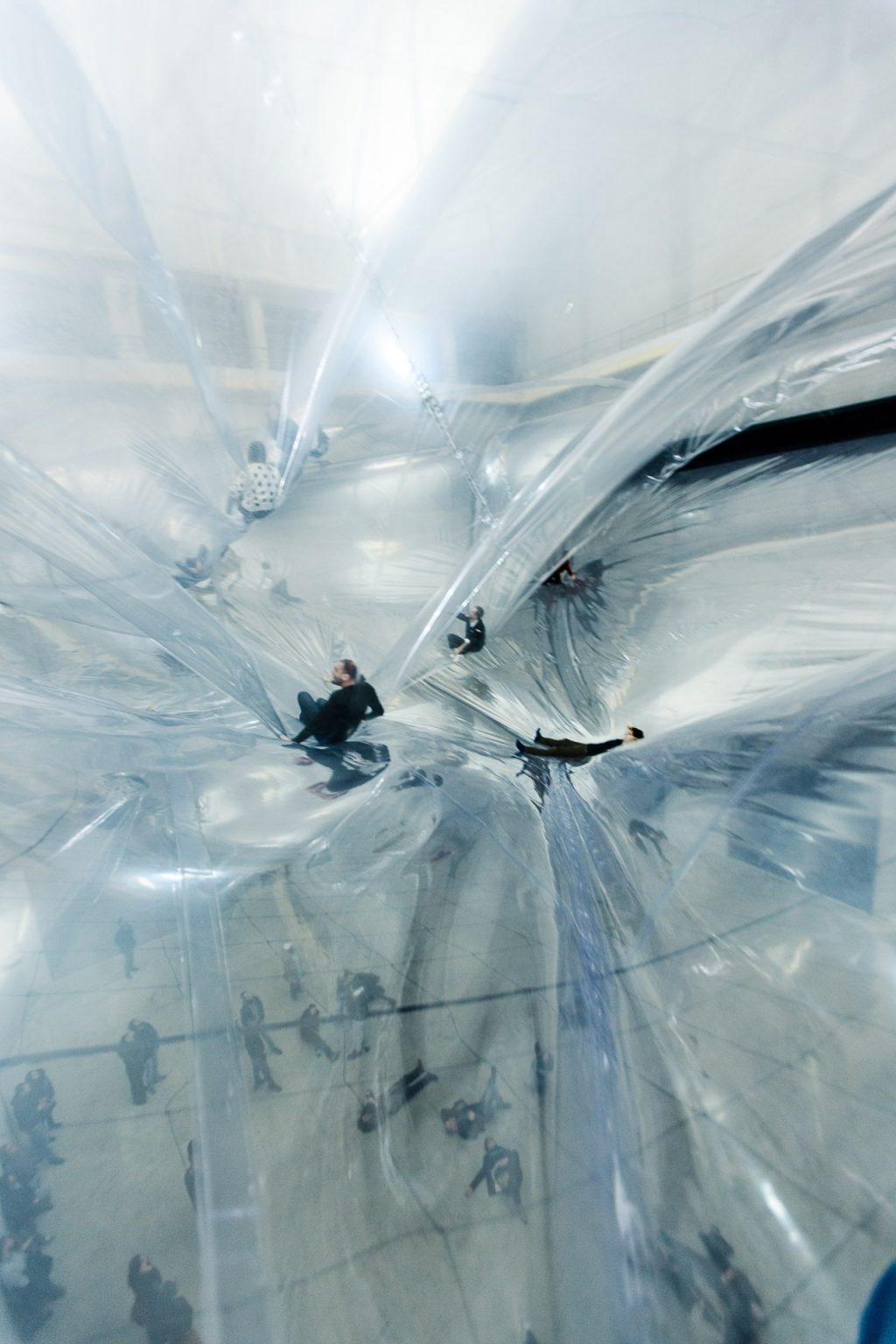
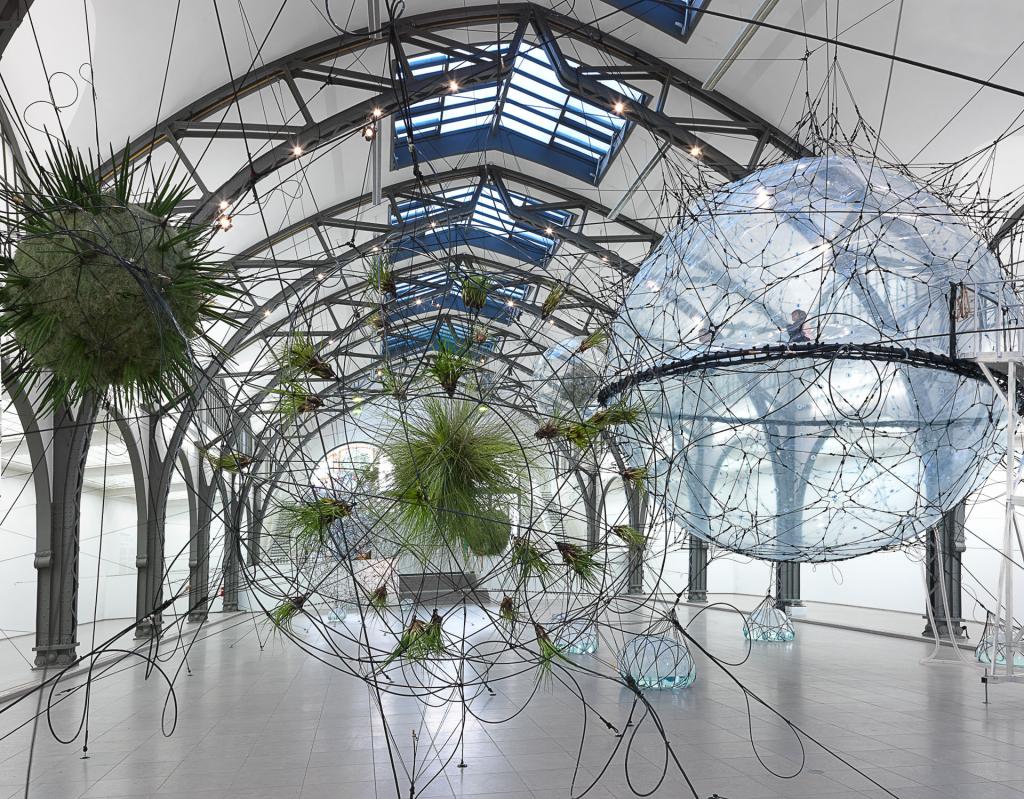
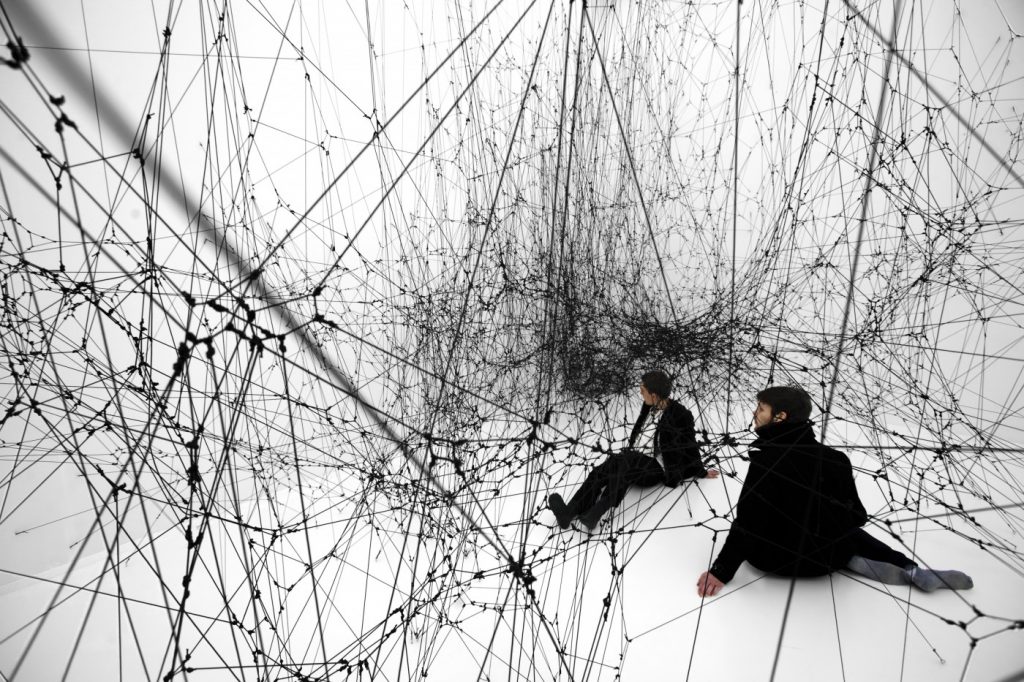
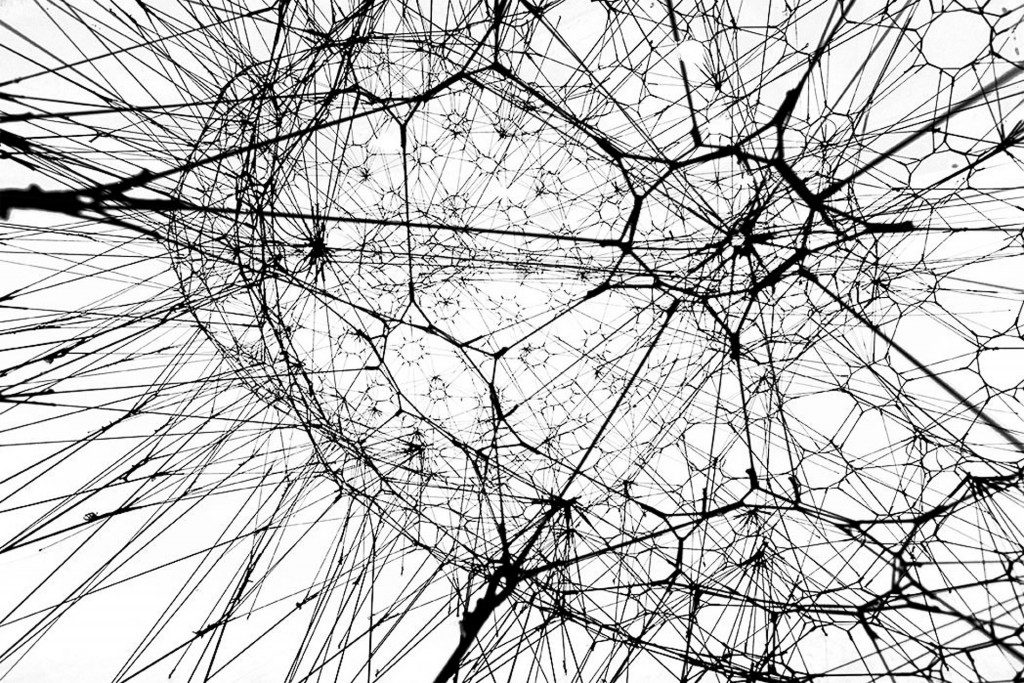
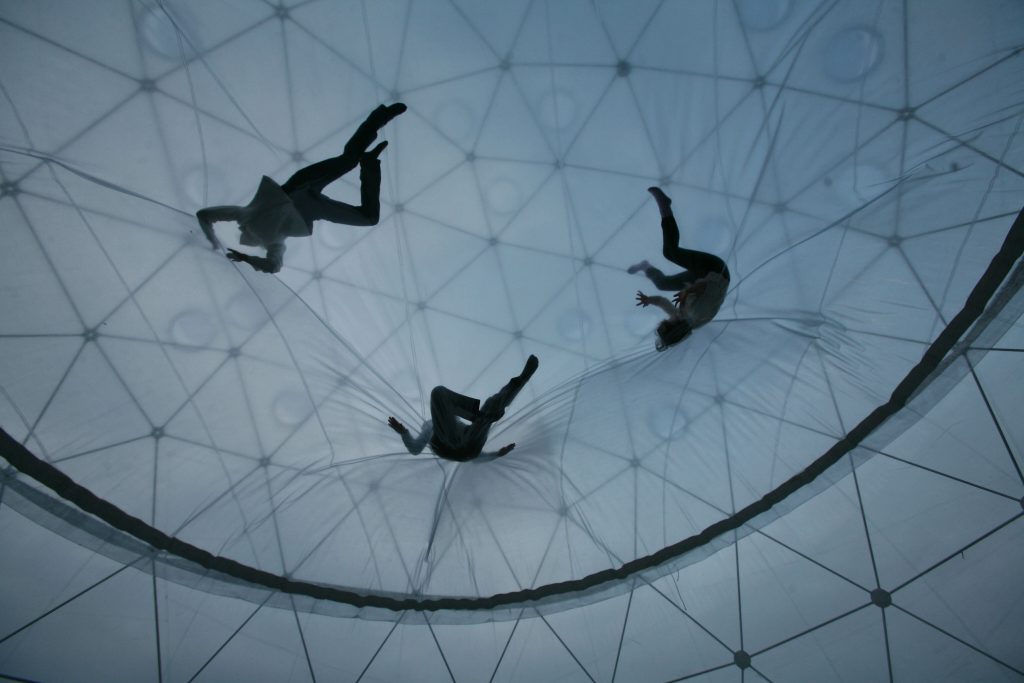
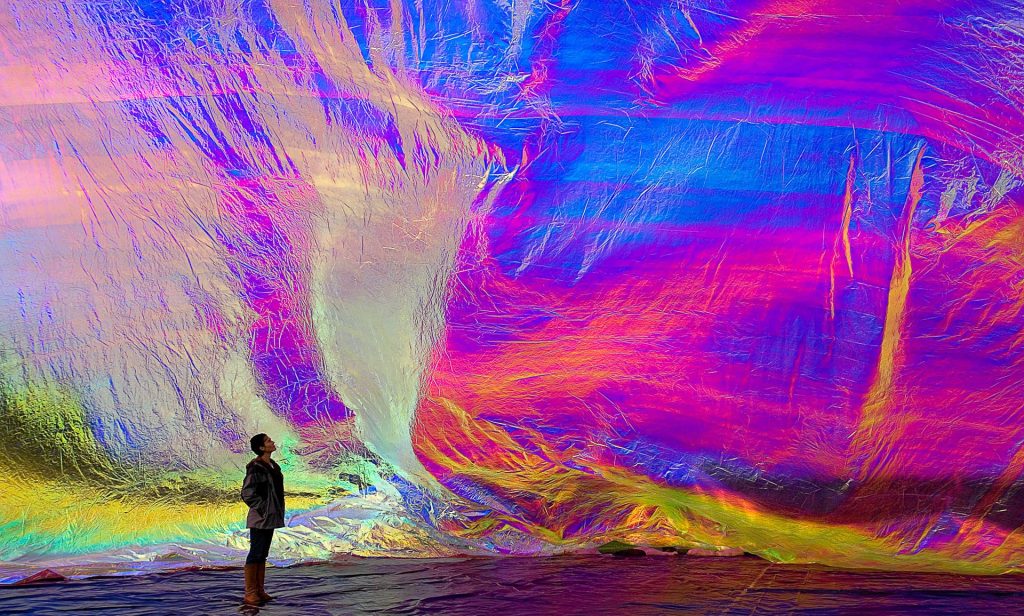
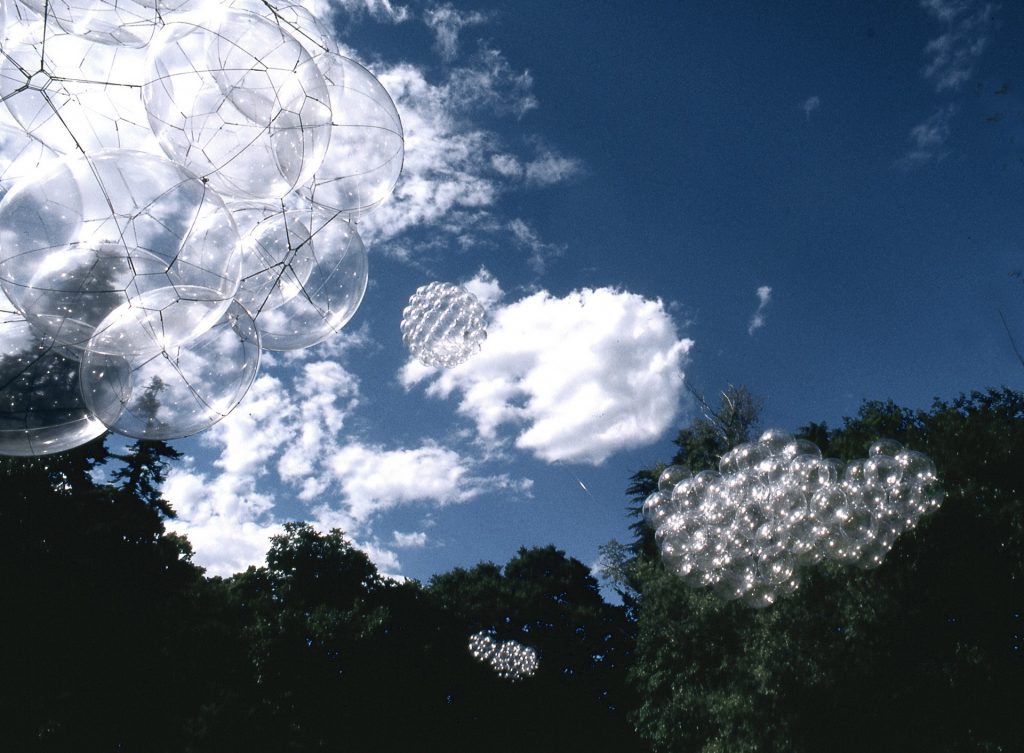
On Friday, July 12th between 11 AM and 1 PM, Studio Tomás Saraceno hosted the first Arachnophilia Meeting with esteemed collaborator Markus J. Buehler, Department Head and McAfee Professor of Engineering at MIT. The dialogue surrounding new and future developments in the Arachnophilia community comes after the launch of Arachnophilia.net and the Arachnomancy App, both released in conjunction with Tomás Saraceno’s Spider/Web Pavilion 7 currently on view at the Venice Biennale. These resources serve as living public reserves, whose free and accessible archives continue to expand as the chorus of voices that join in the proliferation of spider/web stories weave the fabric of an Arachnocene!
Esteemed guest Markus J. Buehler spearheaded the gathering with his talk: “The Nexus of Materialized Sound and Sonified Material”, the abstract of which can be found below. A long-term scientific collaborator of Saraceno and the studio, Buehler’s research interests span from the material properties of spider silk and spider web architectures to artificial intelligence. Tracing the links between art and science, Saraceno and Buehler first met during Saraceno’s residency as the first CAST Visiting Artist at MIT in 2012. After scanning Latrodectus mactans (black widow) and Cyrtophora citricola webs in collaboration with Saraceno in 2014-2015 as part of the Spider Web Scanner 3.0, Buehler retained a strong bond with the studio, refining and automating the Spider Web Scanner to better study the functional dynamics of web architectures. Buehler teamed up with Saraceno once again this past fall to realize a 3D spider web instrument and interface – along with Evan Ziporyn and MIT researchers Isabelle Su and Ian Hatwick – for ON AIR at the Palais de Tokyo.
Following the arachnophilic readings program initiated in the Venice Biennale, both the studio and the Arachnophilia community will continue to promote an environment where conversations such as this take place, adding to a series of events and conversations around the synanthropic and entangled relations between humans and spiders.
ABSTRACT: Modeling matter as resonating systems, this talk will cover the interface of material and sound, and present how we can transcend scales in space and time to make the invisible accessible to our senses and to manipulate matter from different vantage points, using innovative agents such as AI interacting with human creativity. The impact of this work is the design and making of new materials, new art and music, and a deep mathematical understanding of the functional underpinnings of disparate manifestations of hierarchical systems. Building on the opportunities created by nanoscience, new research that probes the unique features of the nano-world will be presented. Reaching the nanoscale, objects are no longer static but move all the time, which is reflected in the complex motions of atoms and molecules. Exploiting this phenomenon, we learn how sound can be generated from molecular vibrations, how designer materials can be created through sound, and how the neural networks of living systems – their brains – form a medium for translation between different manifestations. Using AI, we explore a new interactive interface of human musical expression with learned behaviour to better understand the physiology and disease aetiology due to the misfolding of proteins, explore it as the basis to generative algorithms, and present musical compositions based on the natural soundings of amino acids and proteins. Using the concepts of harmonic waves, a unifying descriptor of various hierarchical systems will be developed, which is then used to illustrate competing concepts of order and disorder and how they are the basis to create functional cross-scale relationships. The insights from this theory explain practically relevant issues such as the strength of silk or the emergence of disease, and the creation of new art. The translation from various hierarchical systems into one another presents a powerful paradigm to understand the emergence of properties in materials, language, visual art, music, and similar systems.
...